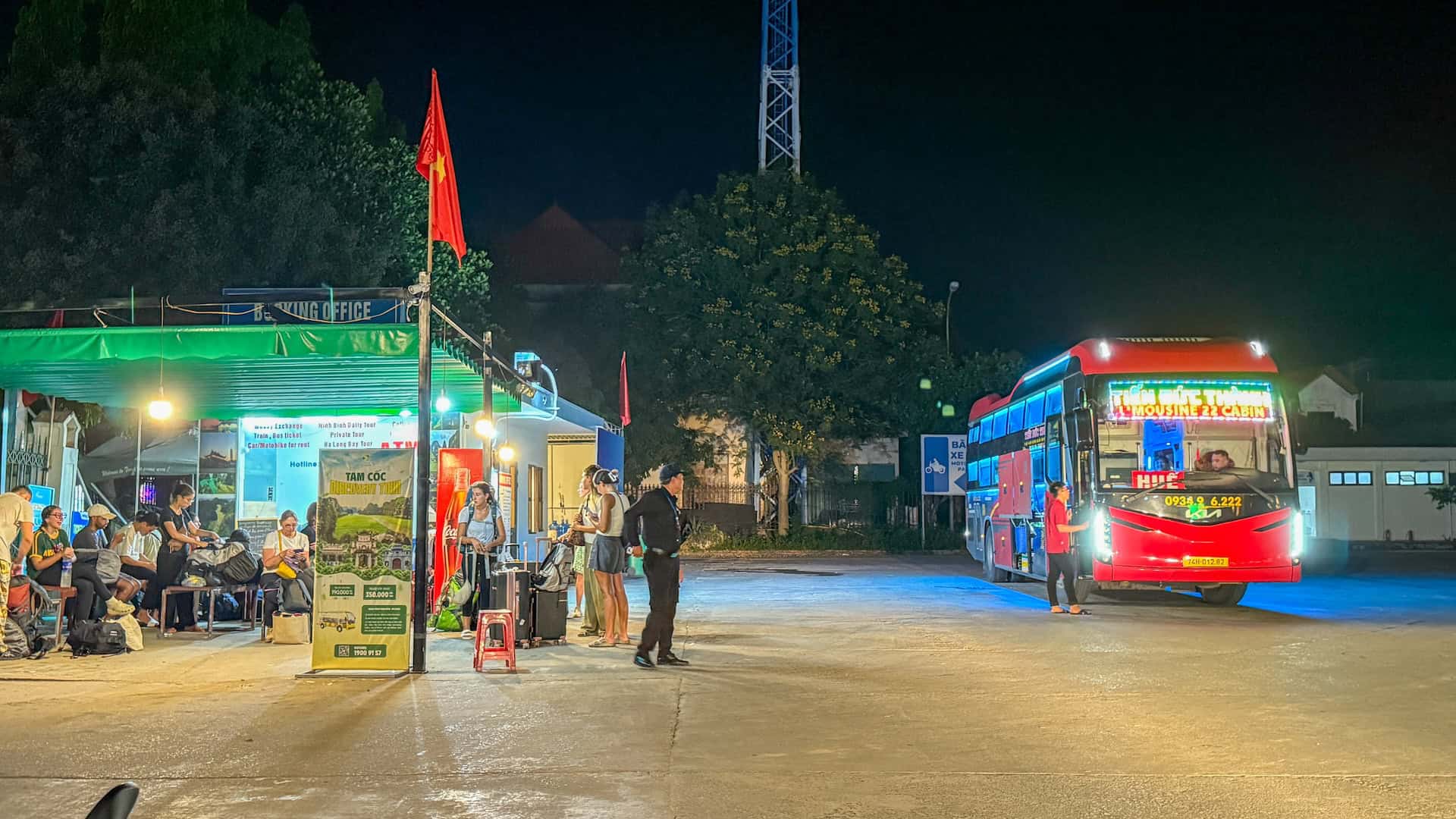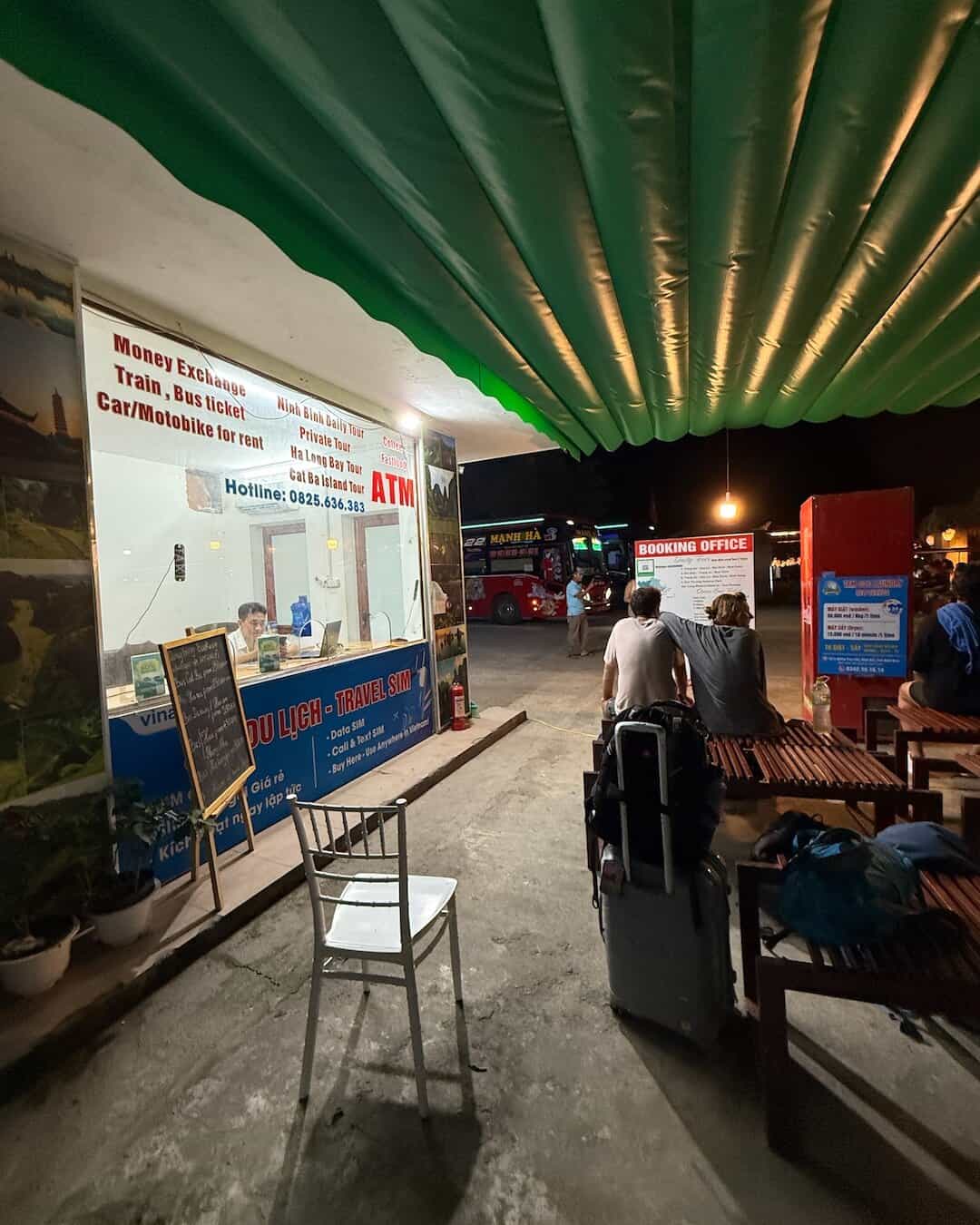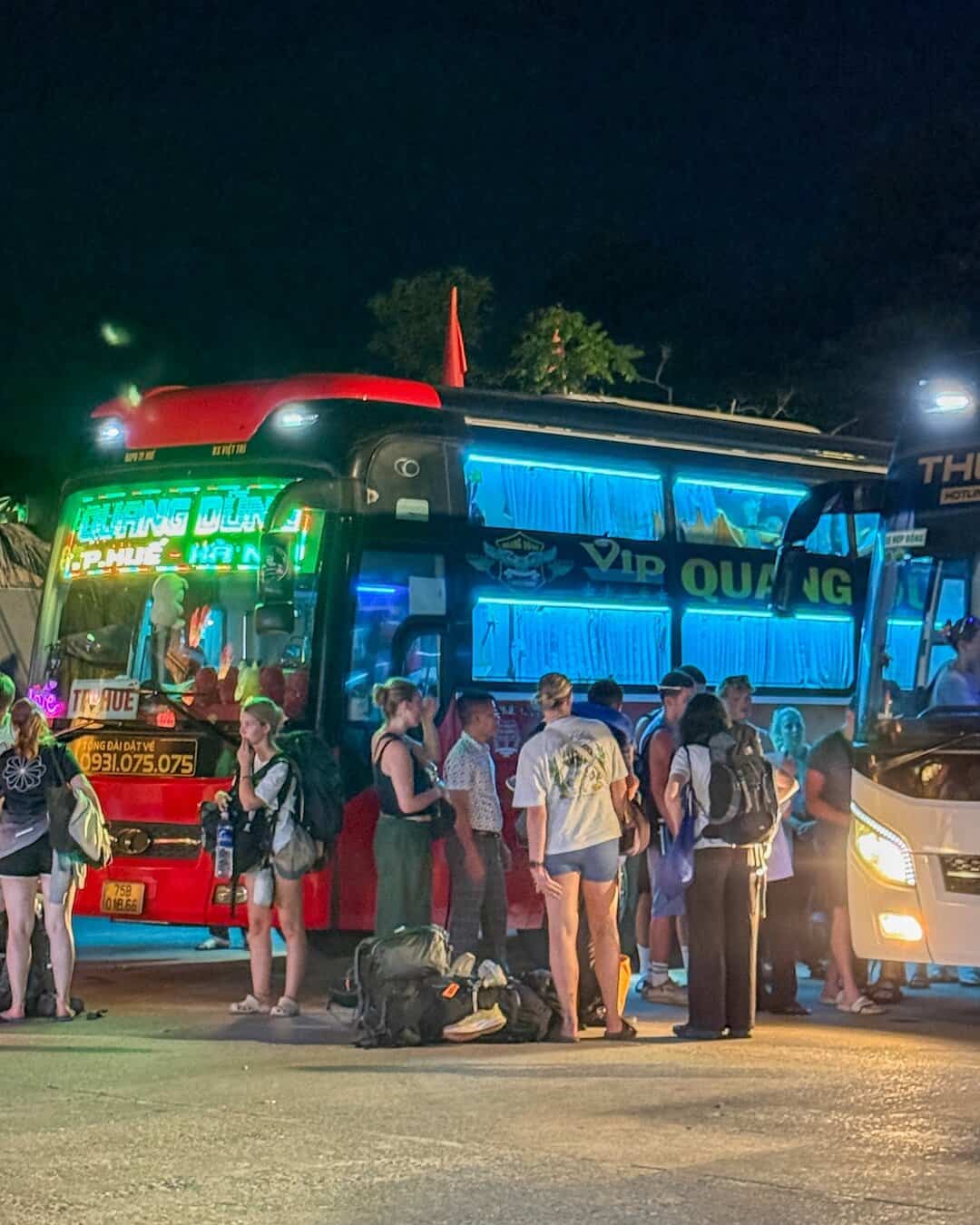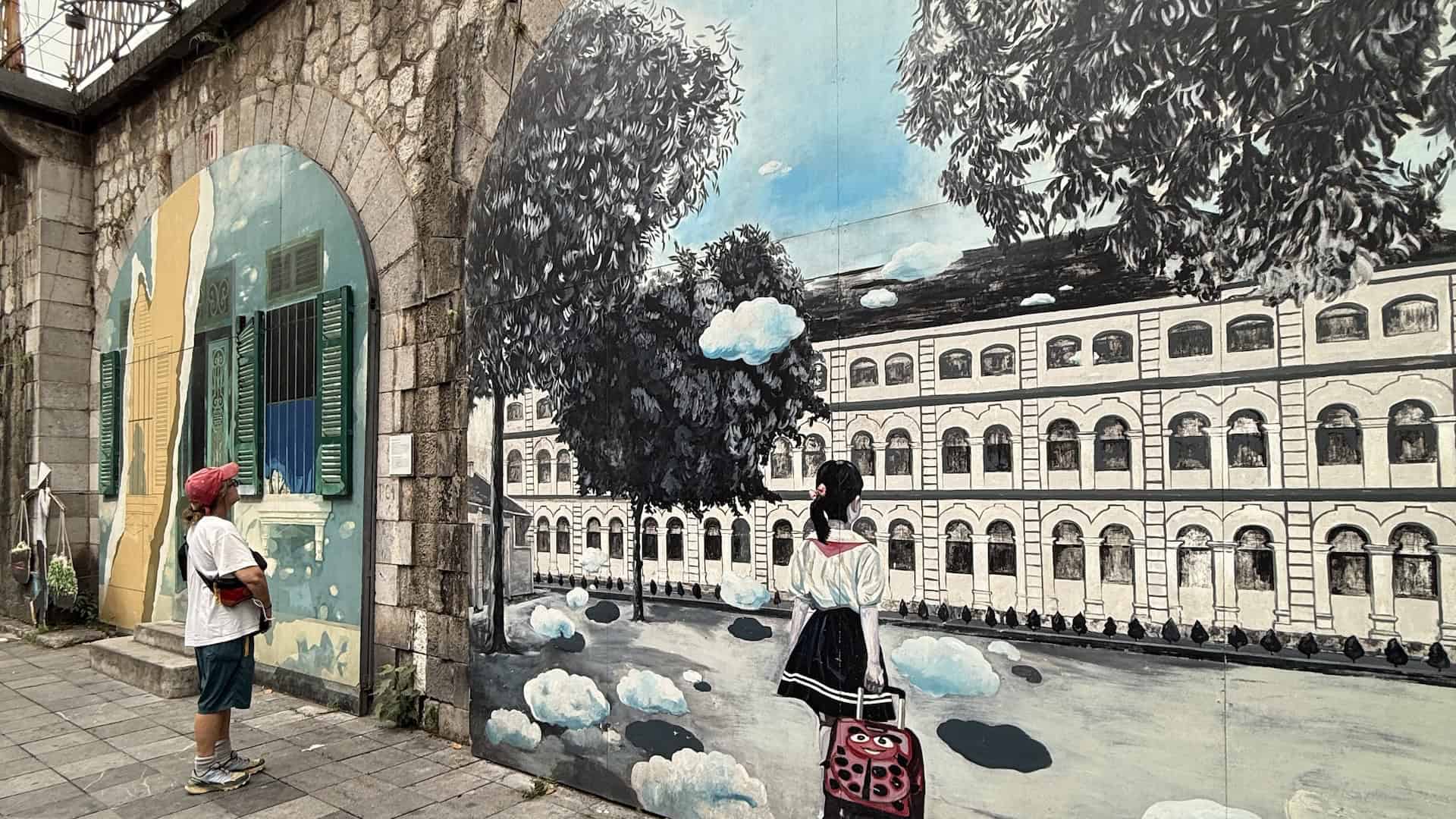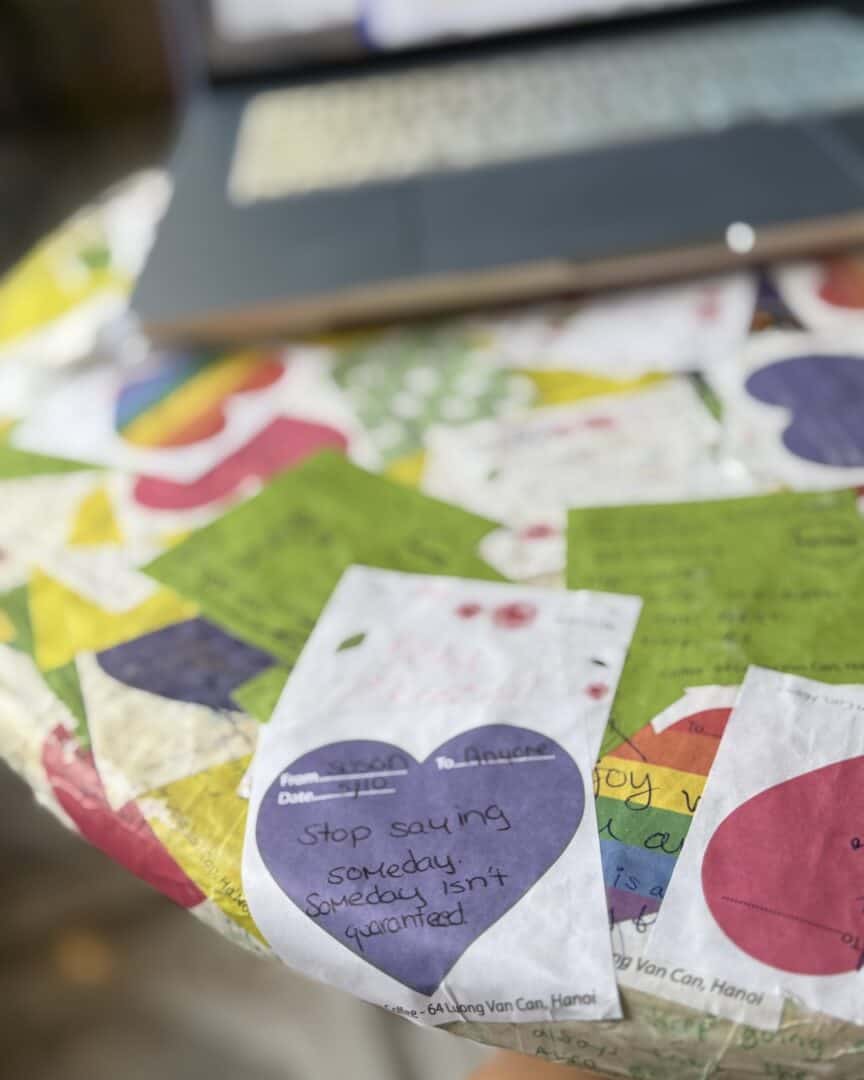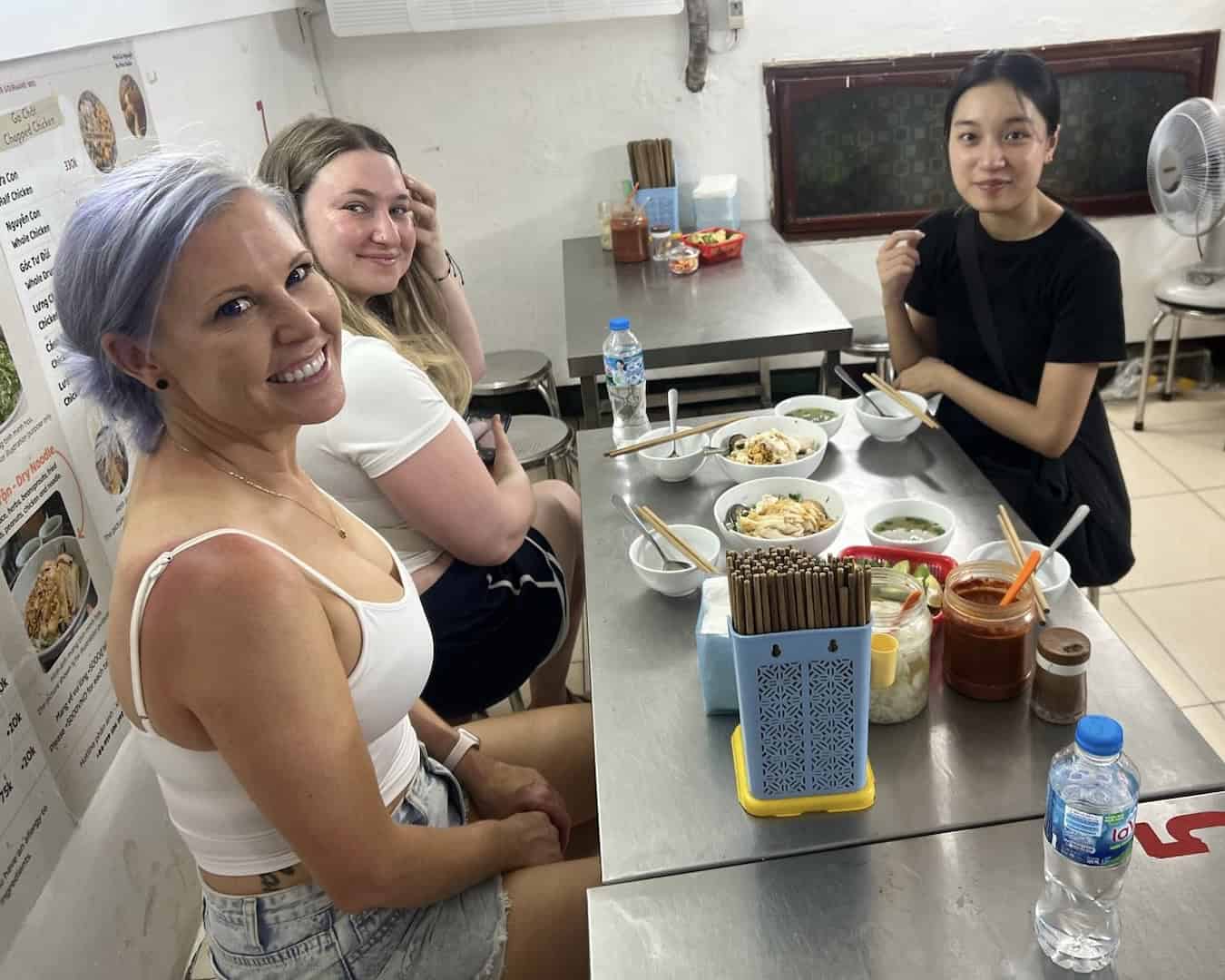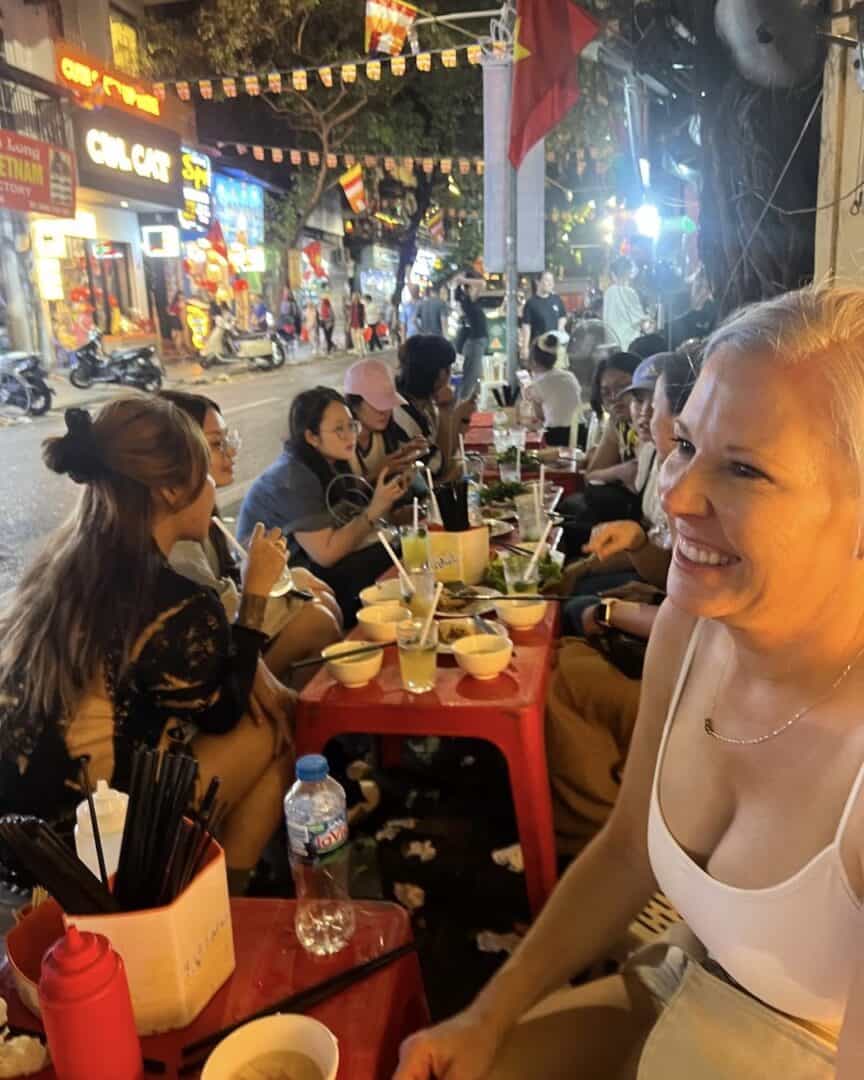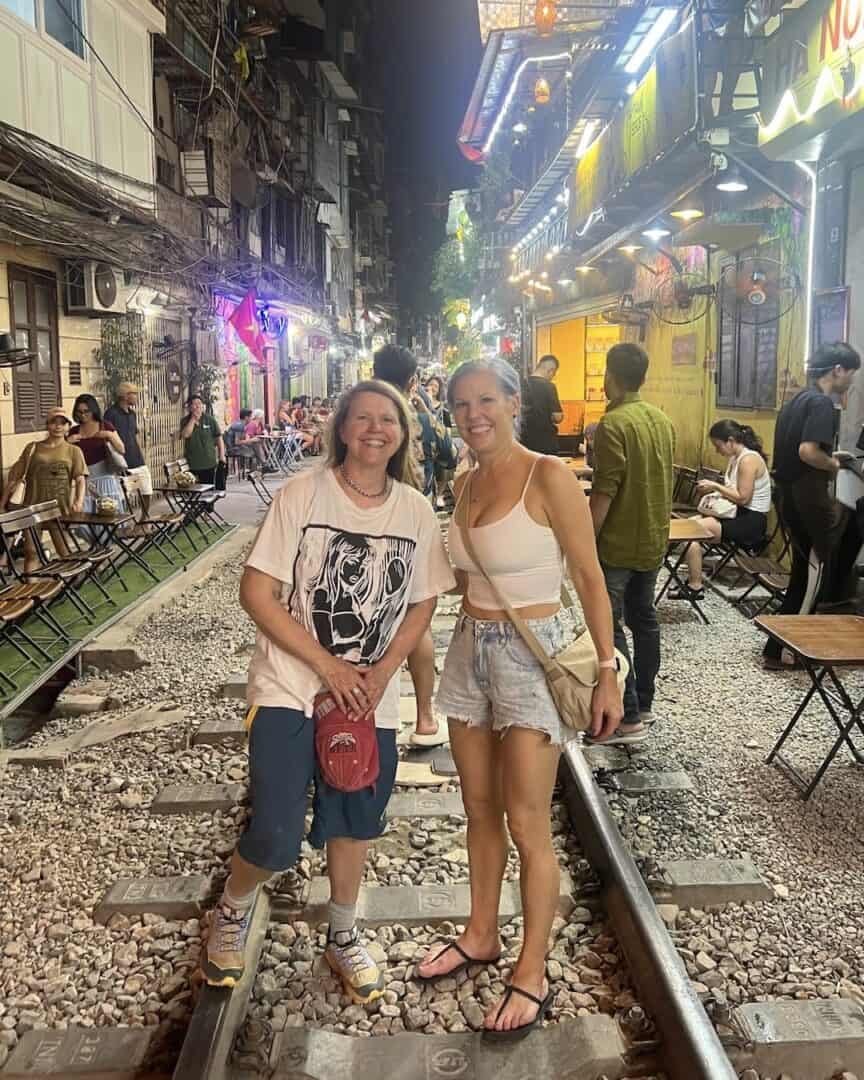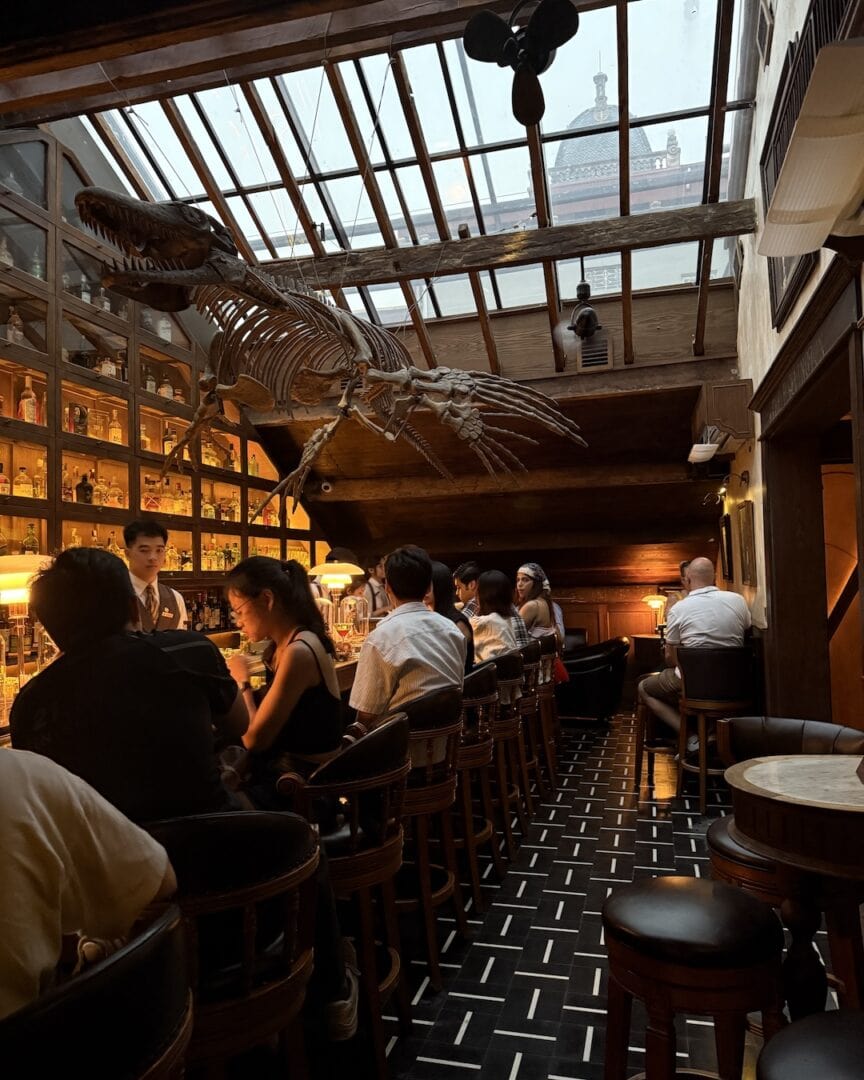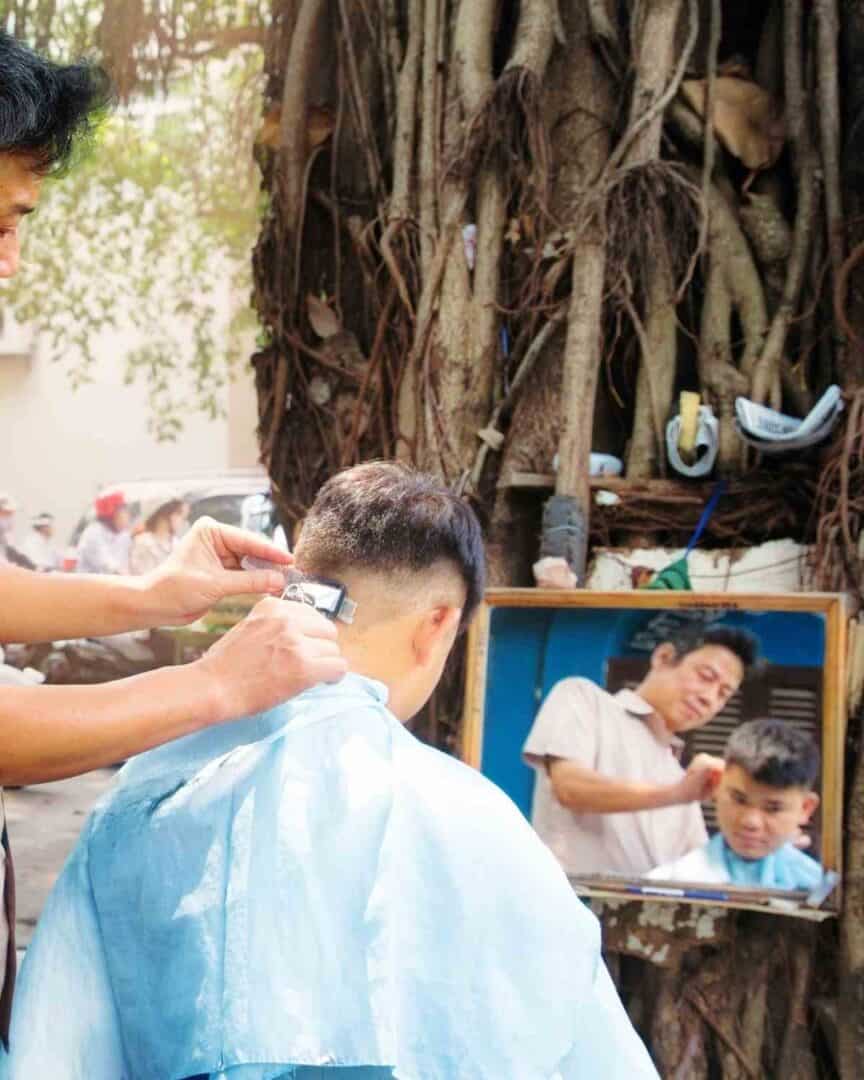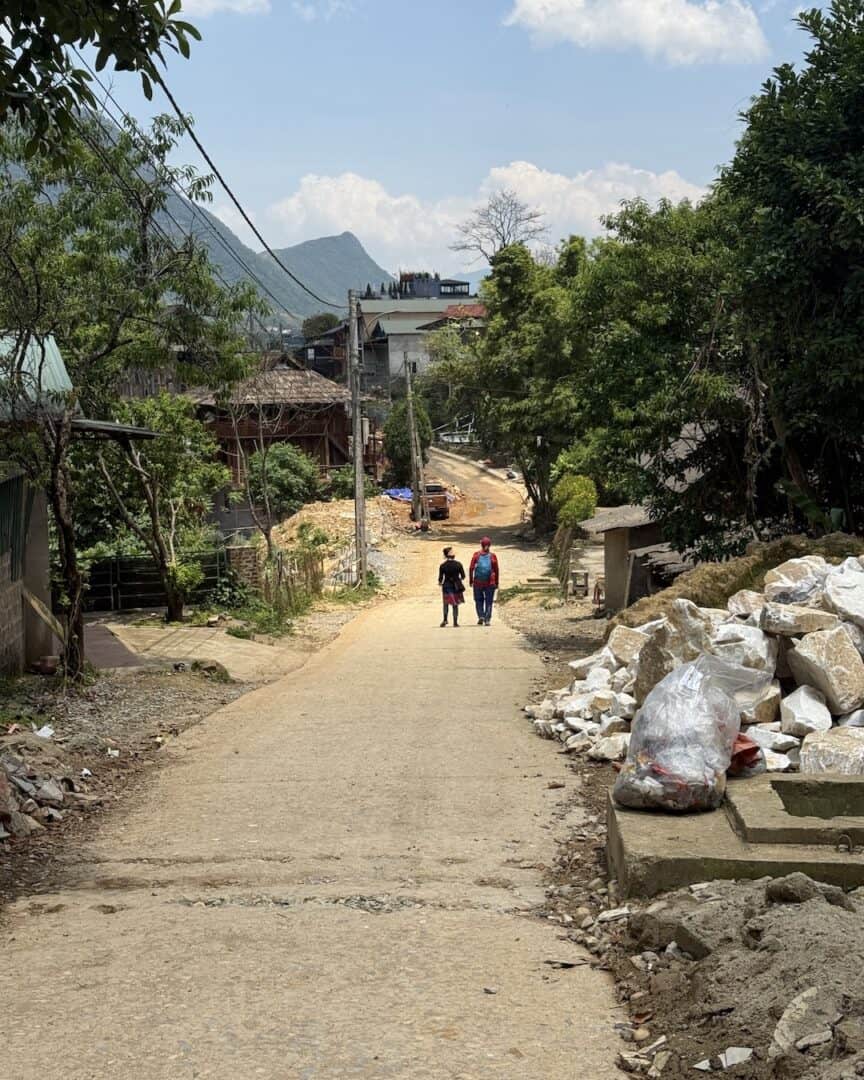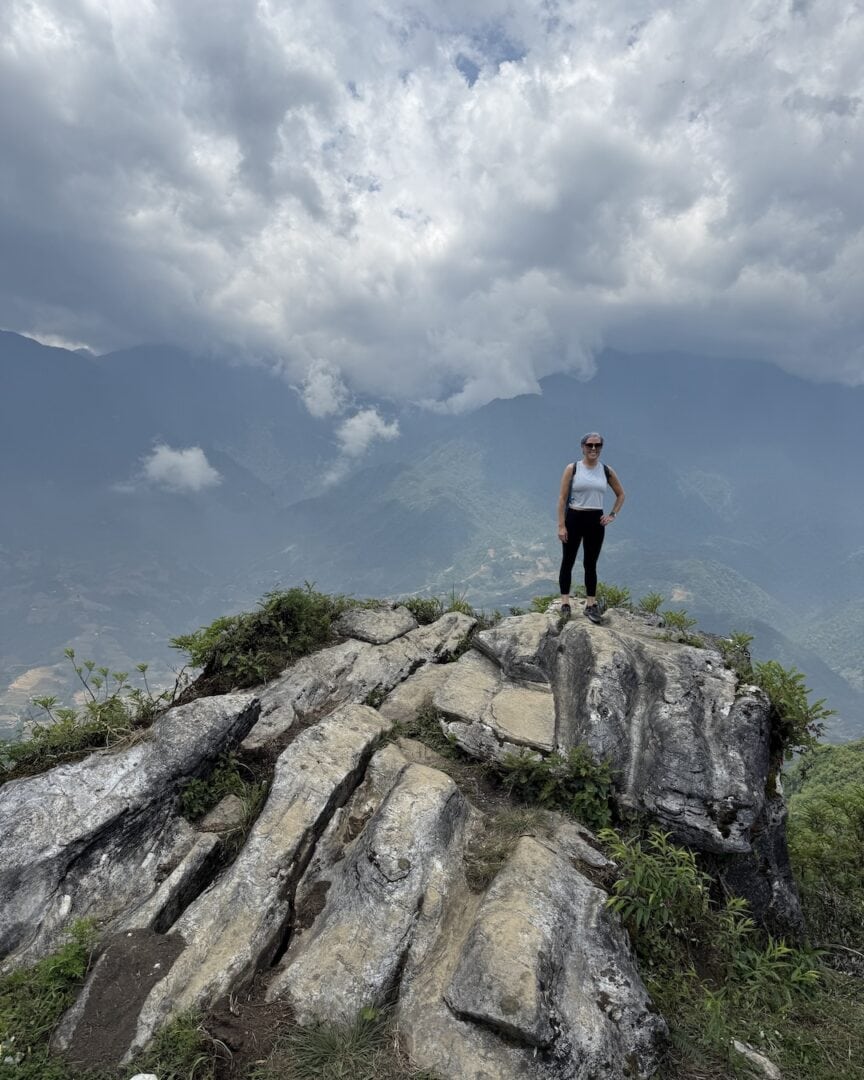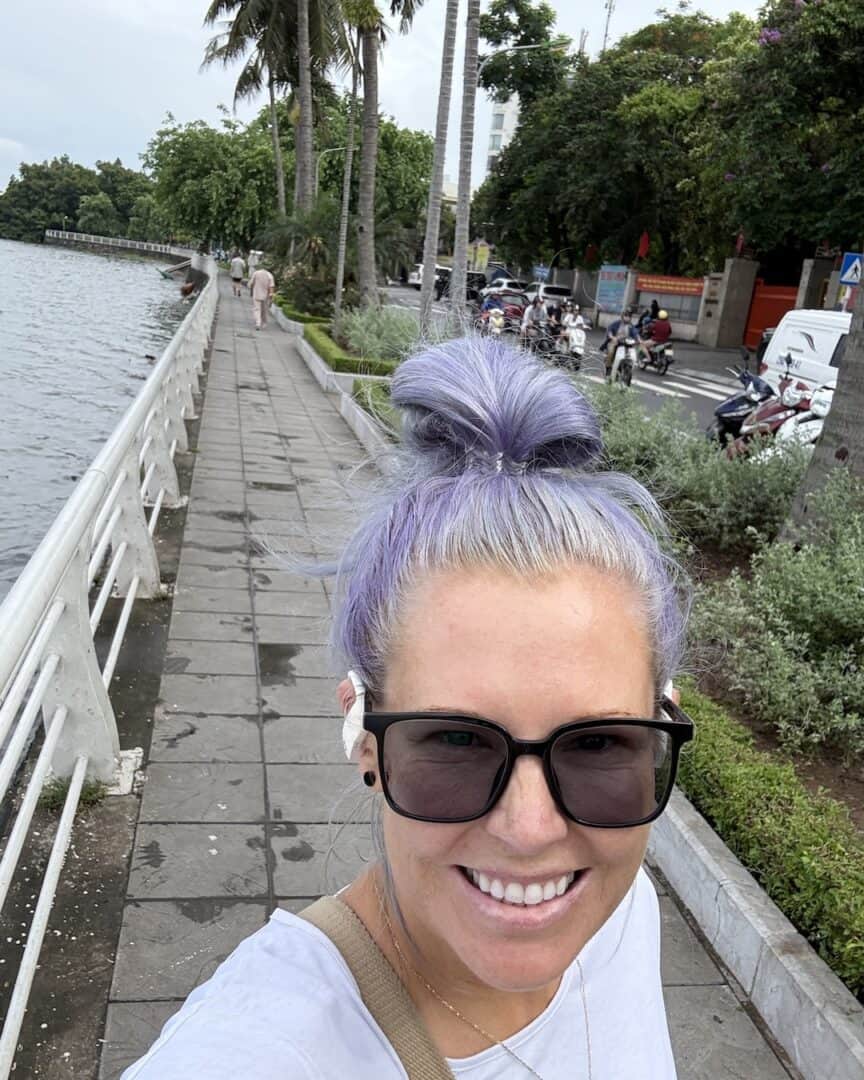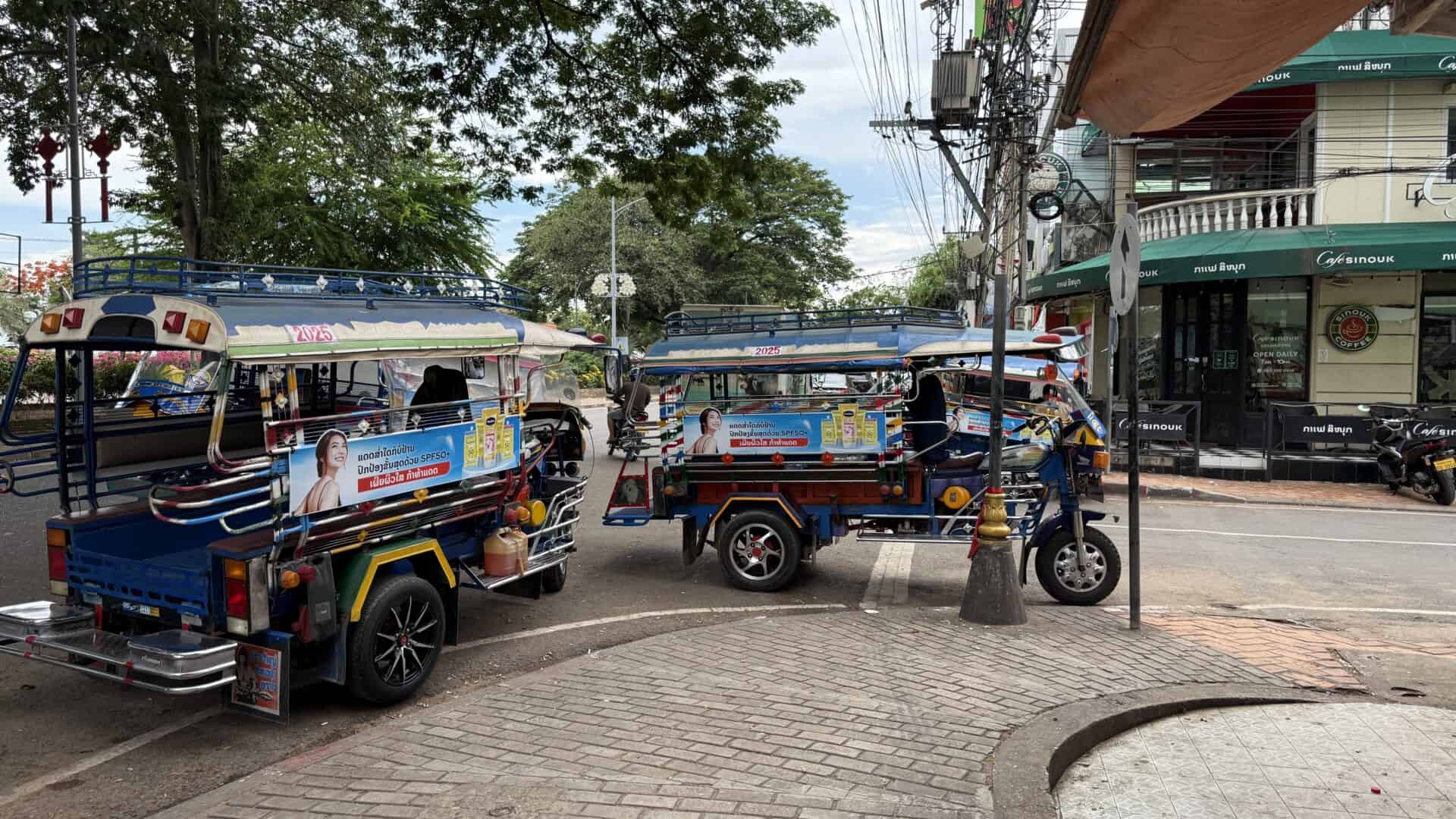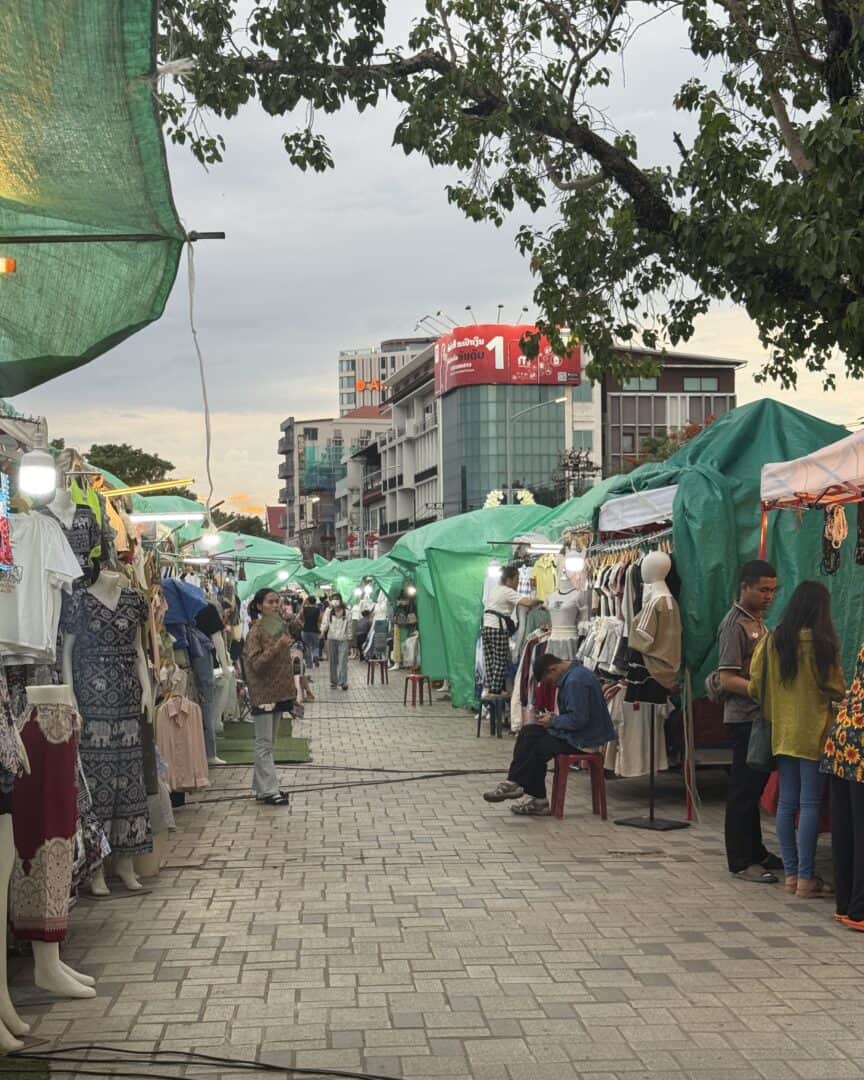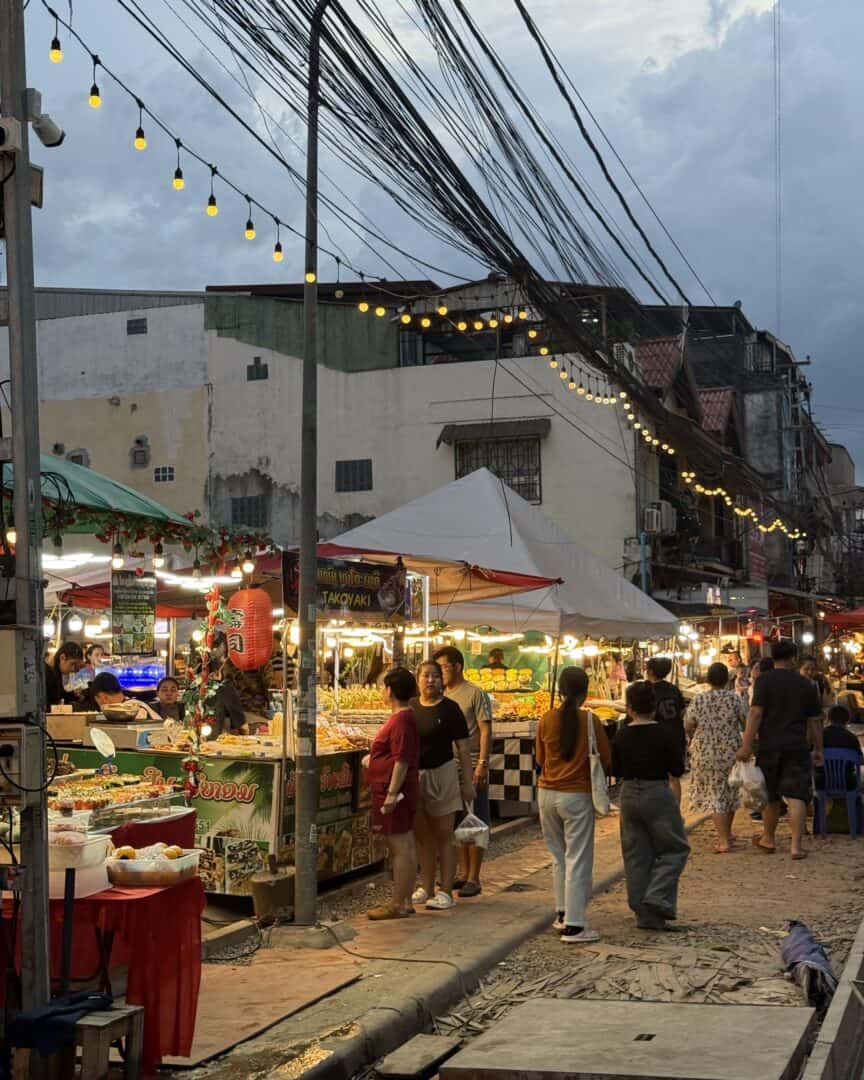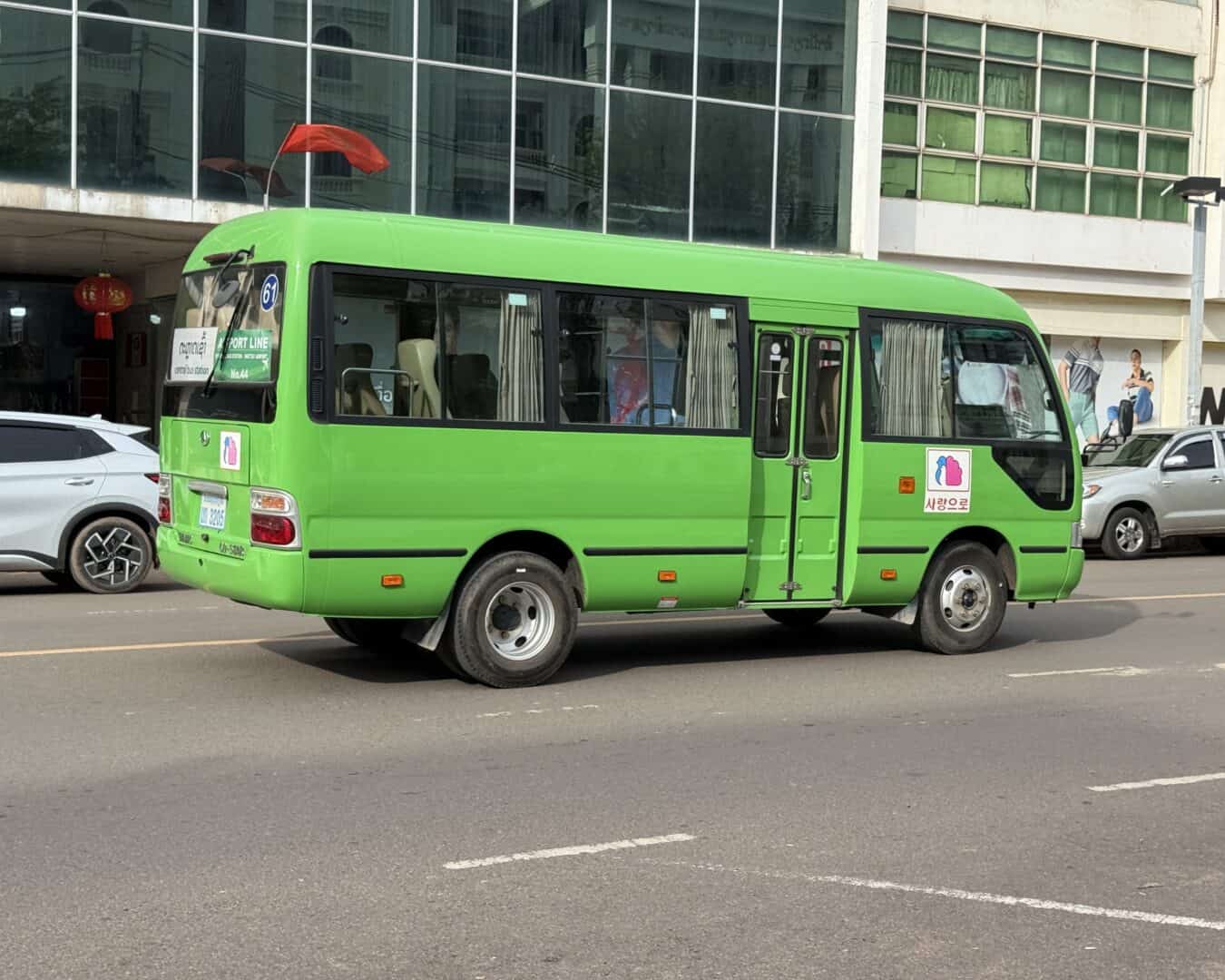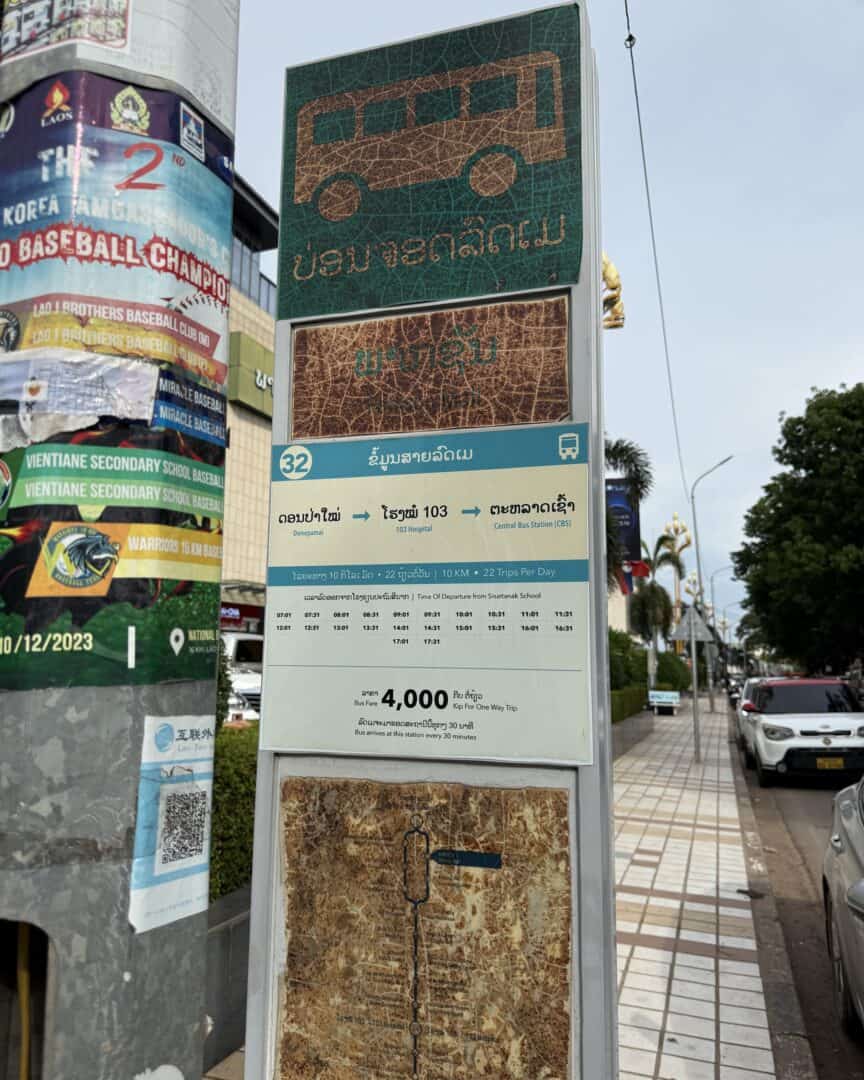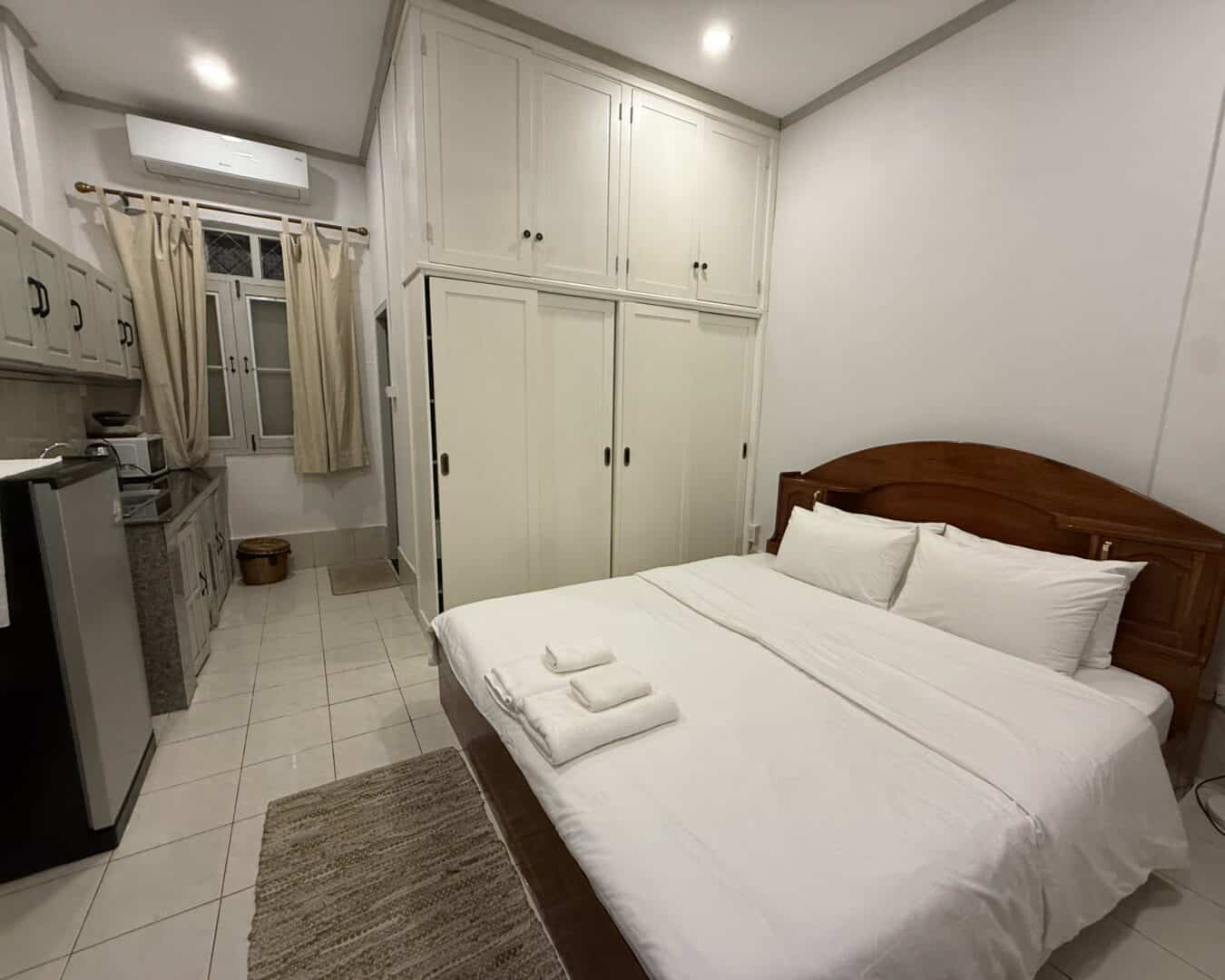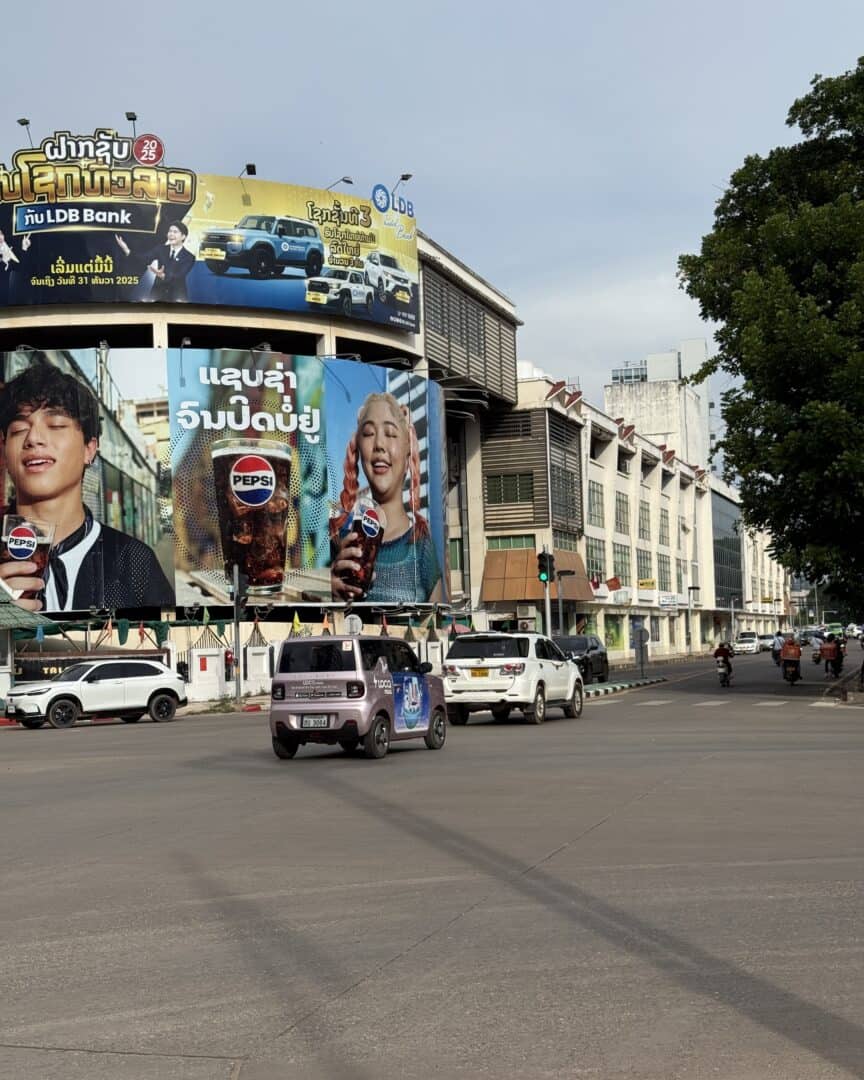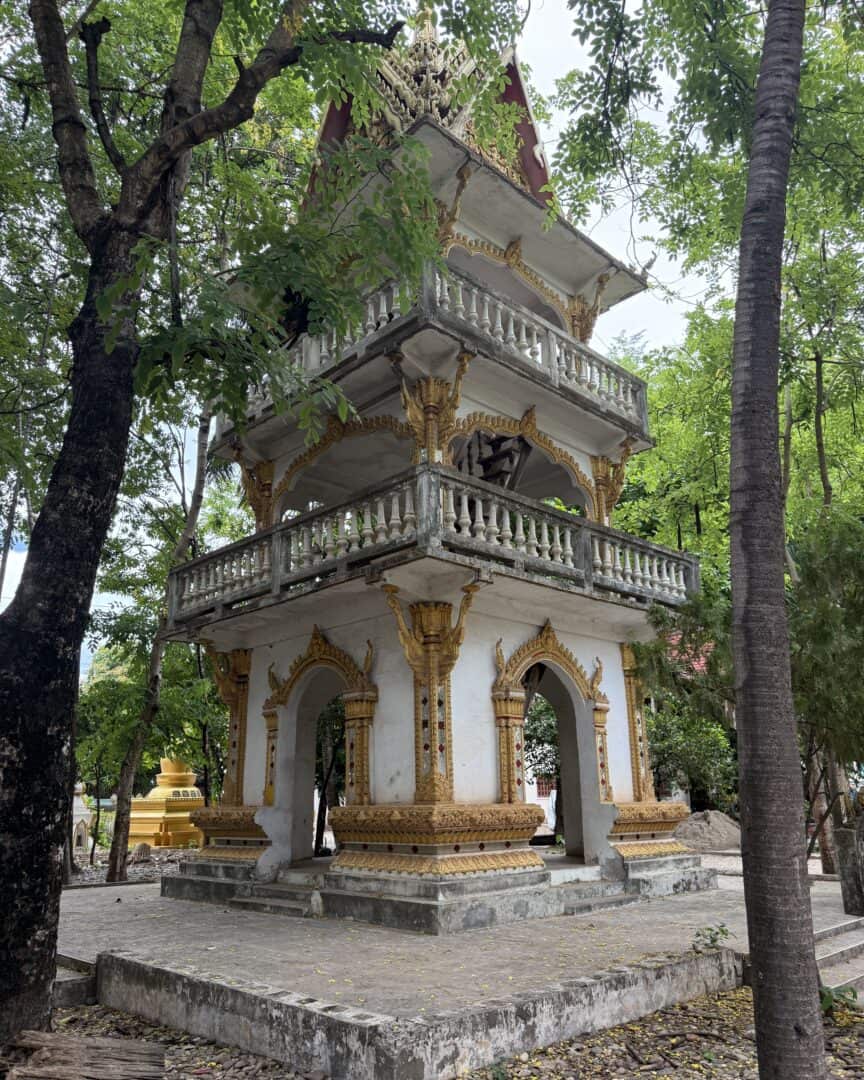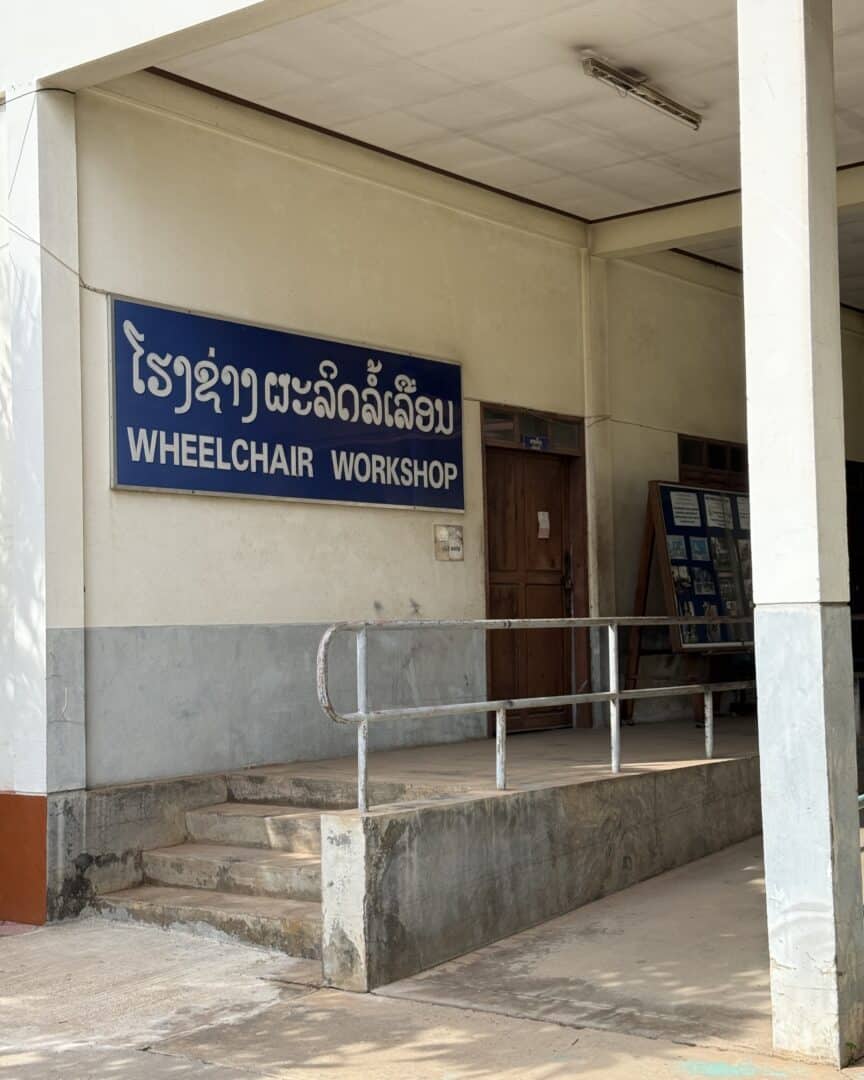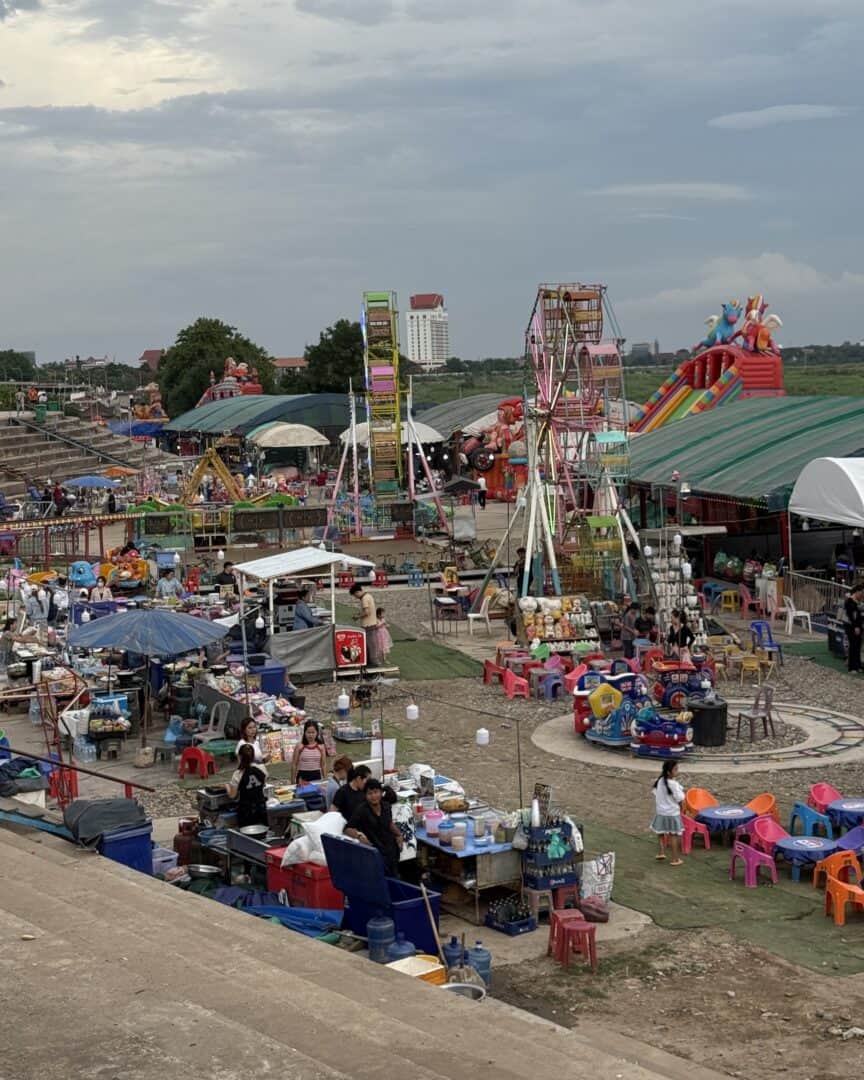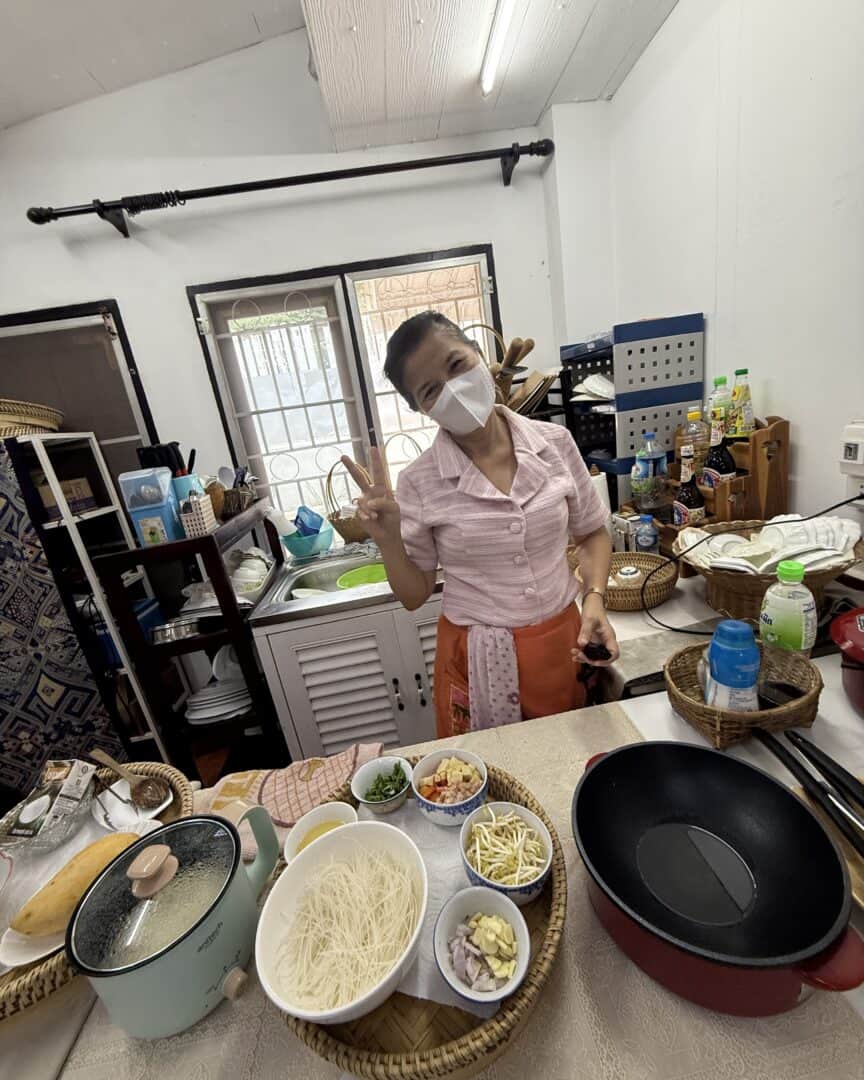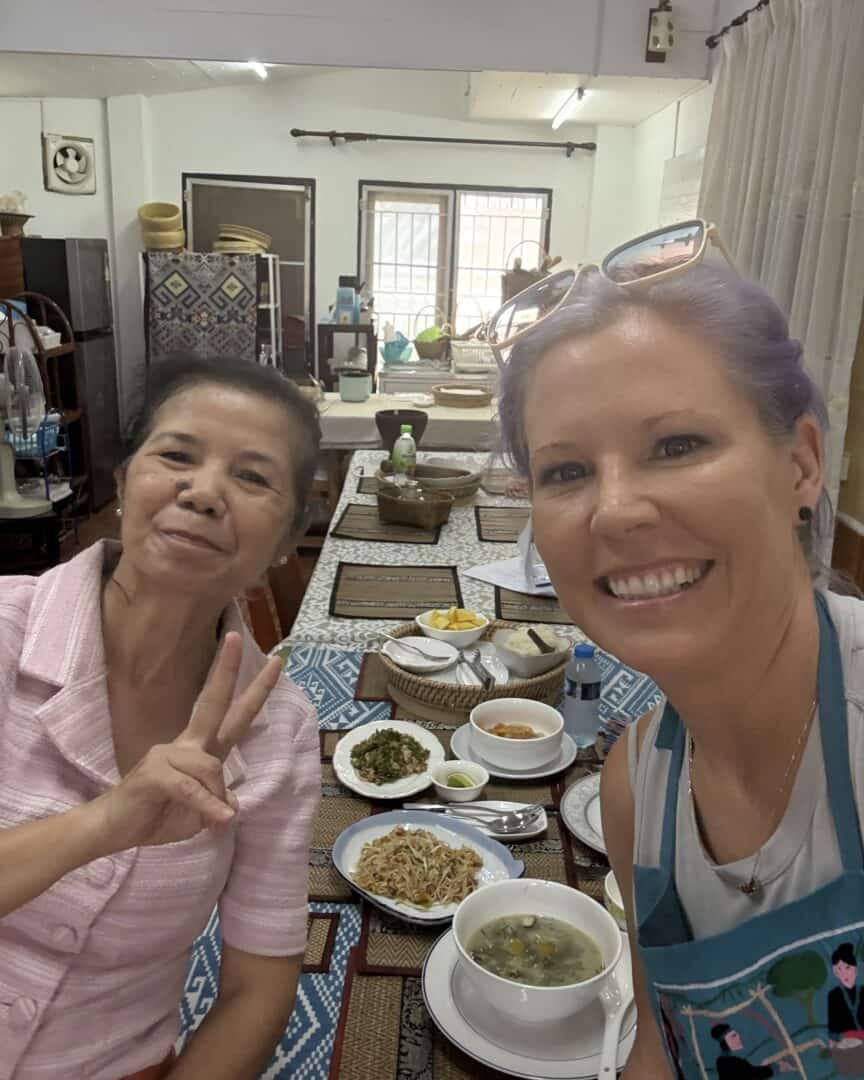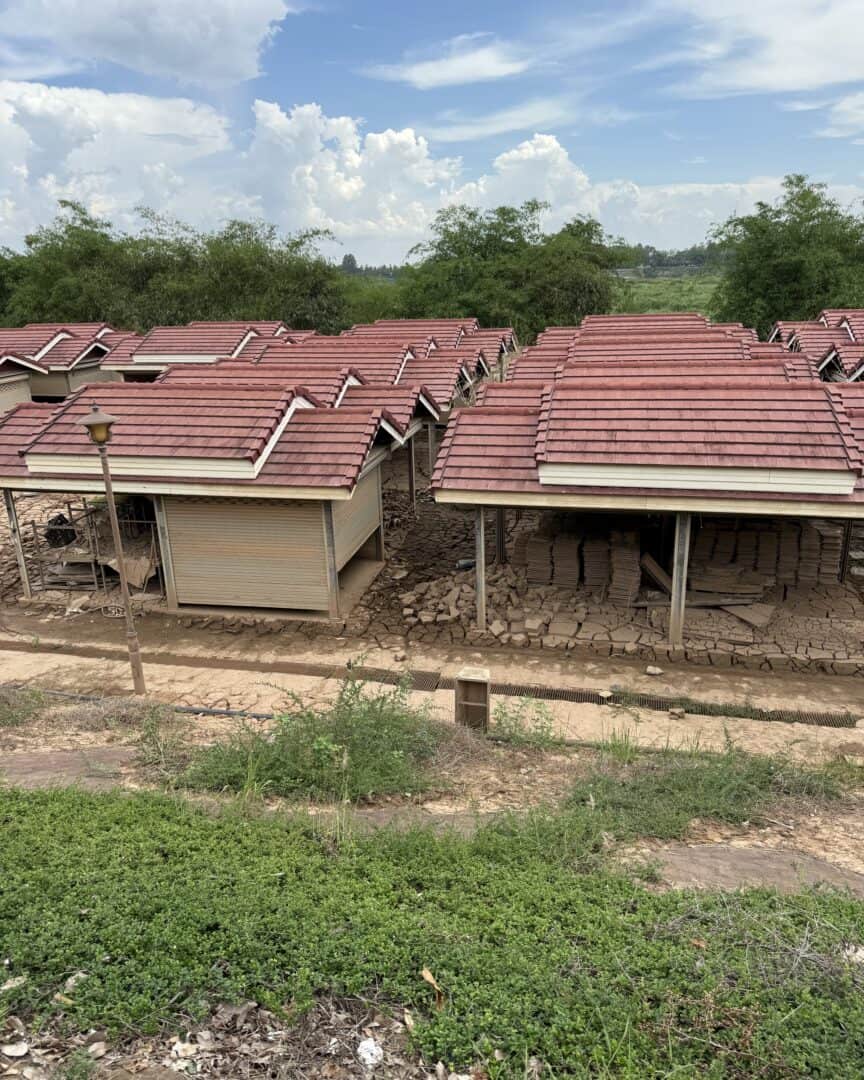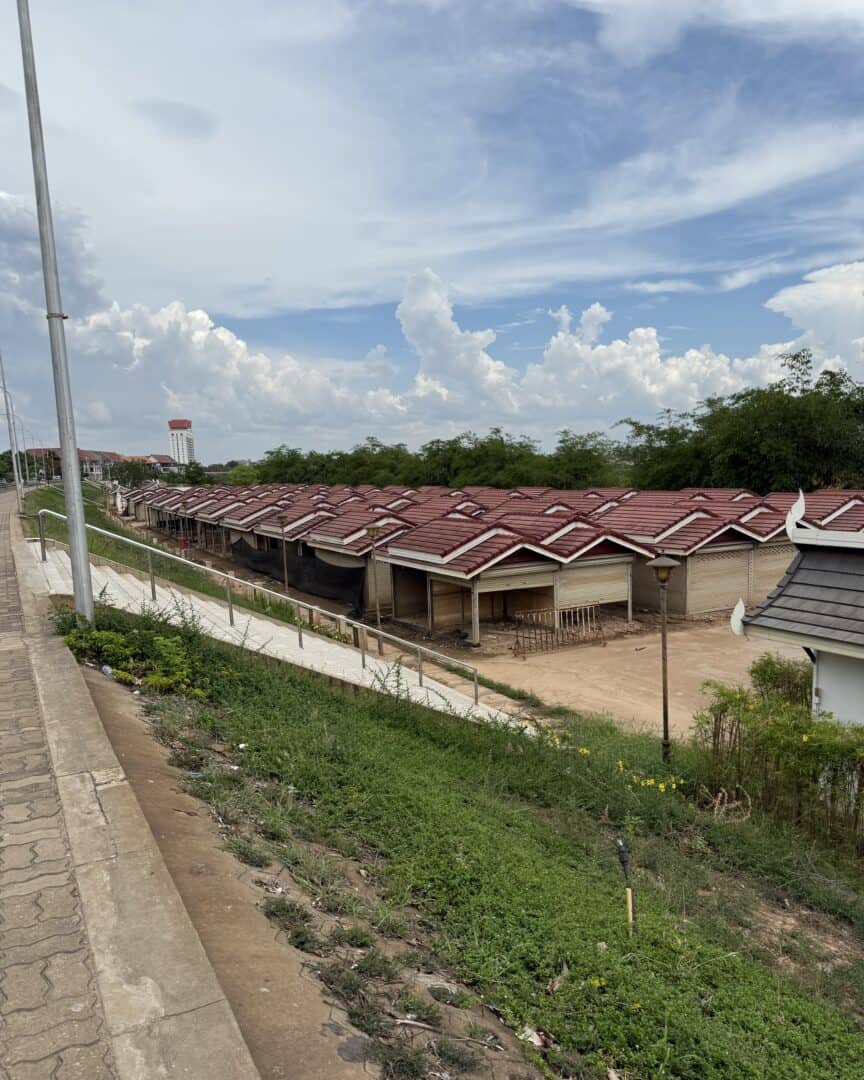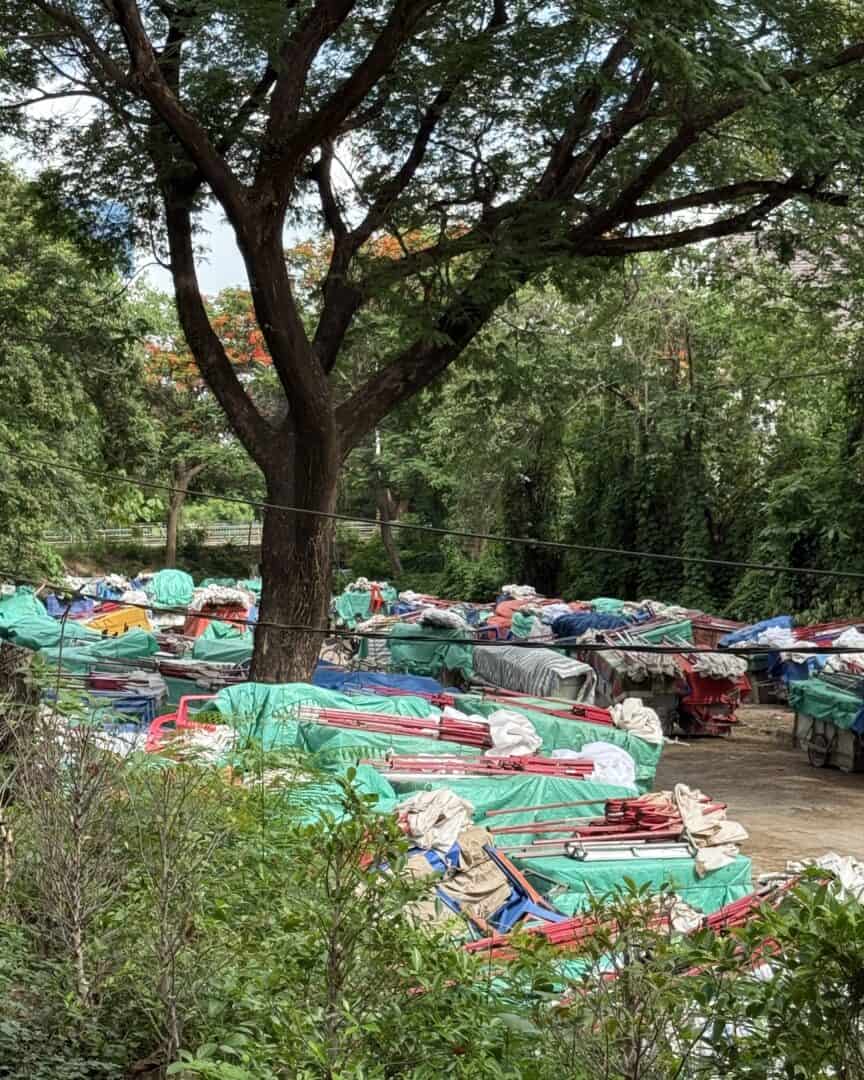Guide to Surviving the Sleeper Buses of Southeast Asia
Taking a sleeper bus in Southeast Asia is a rite of passage for any backpacker. You may have heard a few horror stories, from being left in the middle of nowhere to rude drivers. Still, I’ve taken sleeper buses all over Southeast Asia, and overall, I have had positive experiences. They are a great way to cover a long distance for a lower cost.
Types of Buses
Each bus is different, and no matter what you book, you will not be 100% sure what type of bus you are on until you show up.
In general, there are three tiers. The top-tier “VIP” buses are arranged in a 1:1 configuration with an upper and lower berth. If given an option to book one bed for two people, I don’t recommend it. They are spacious for one but very tight for two, especially Westerners. The mid-range buses are in a 1:1:1 configuration with curtains. The lowest-class sleeper is in a 1:1:1 configuration with no curtains.
The bed is semi-reclined at about 30°. Some of the beds on the VIP buses convert into a sitting position, but the rest do not, so you could be stuck lying at a 30° angle.
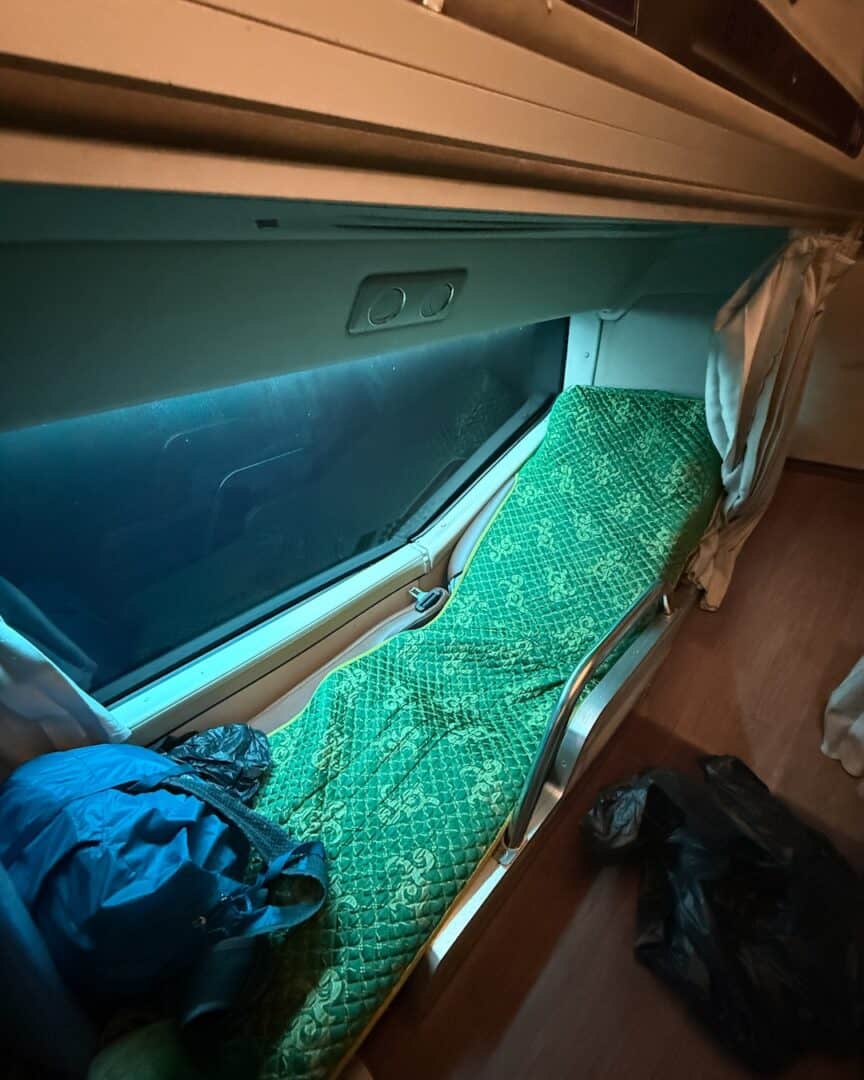
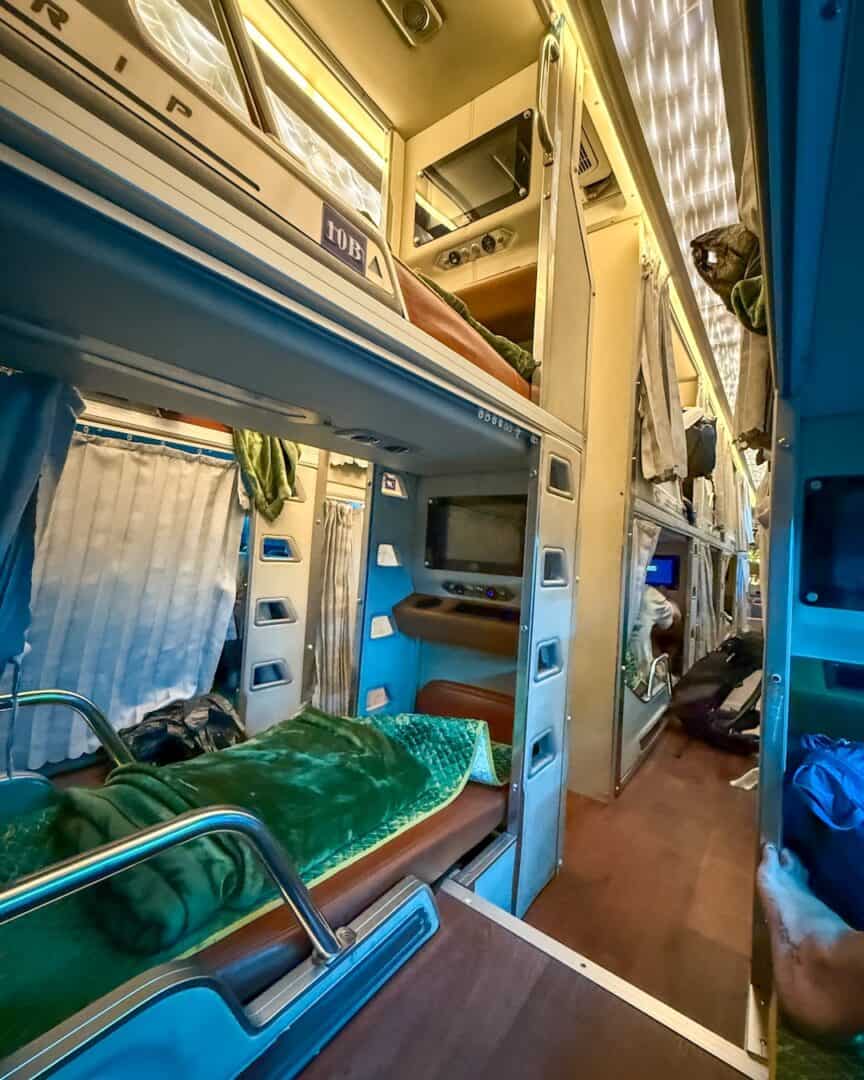
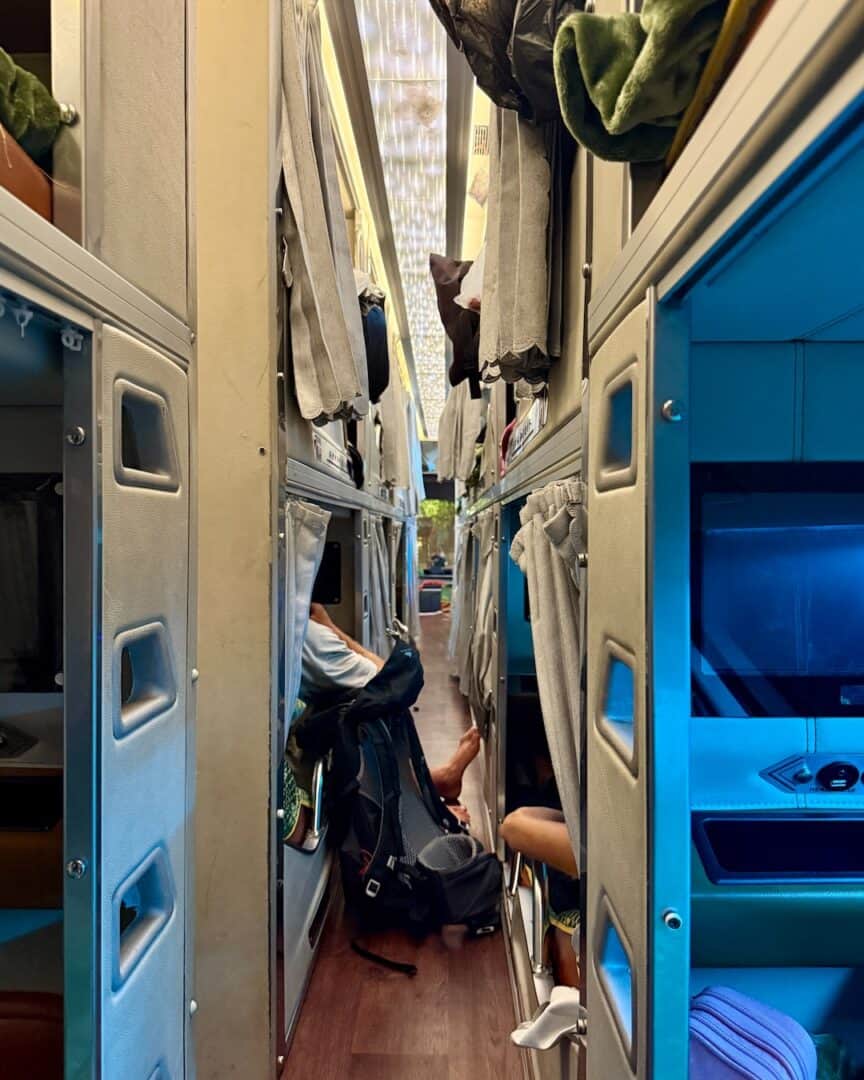
Packing List
- Packing Essentials
- Cash – For rest stops and pay-per-use bathrooms
- Disinfectant Wipes and Tissues – For bathroom stops
- Sleep Sheet/Blanket – If you don’t want to use the ones provided
- External Battery – In case the USB ports don’t work
- Eye Mask
- Ear Plugs
- Lock
- Small Bills of Currency – For bathroom stops
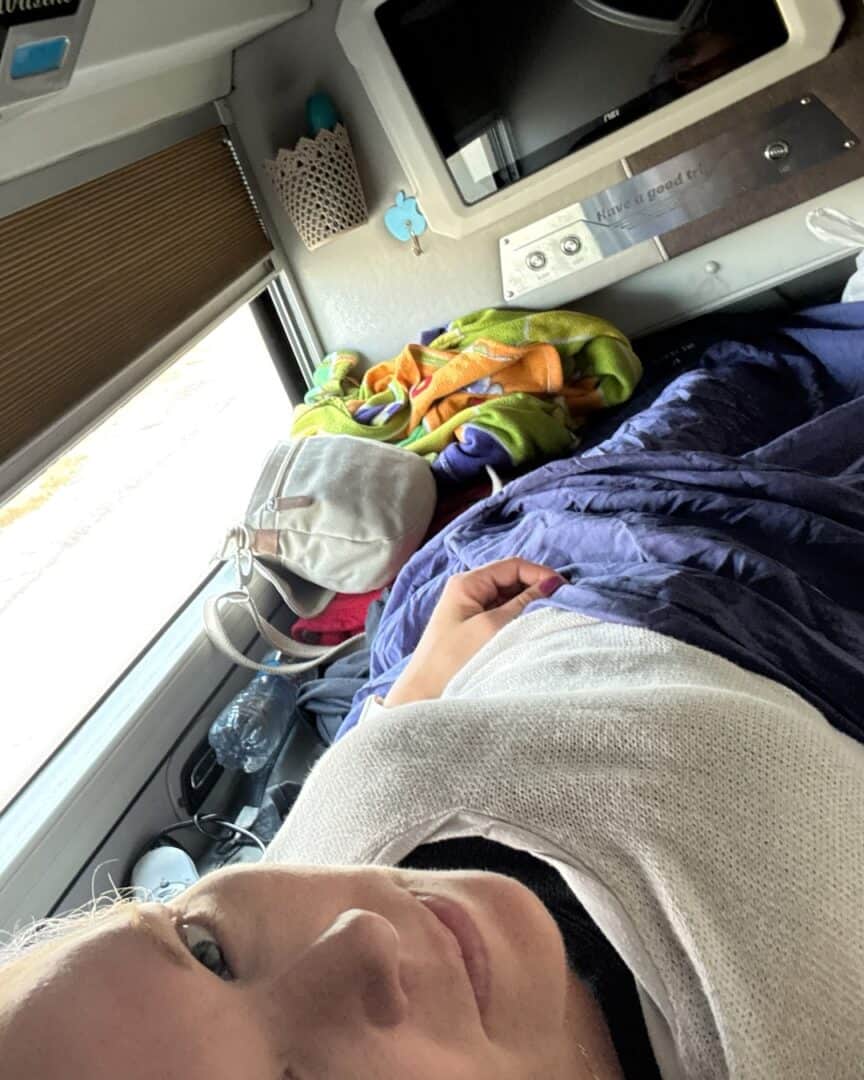

FAQ’s
12Go.com is your go-to travel booking site in Asia.
Pro Tip: When you book your ticket, it will have an address, but be flexible. Each bus company has different pickup and drop-off locations. The company will usually contact you via WhatsApp and confirm the pickup area. Still, one time, five minutes before my bus was scheduled to depart, the company notified me that the pickup had moved to the other side of town.
Expect to take your shoes off, and they will hand you a plastic bag to keep them in until you get off the bus. The buses have AC and can get cold. All of the buses provide blankets. When they last washed them is questionable, but I didn’t see any that were obviously dirty. I like to go with the motto: What you don’t look for can’t bother you. The bus will make random, quick stops to pick up or drop off a random person or package, so don’t be alarmed.
Some of the buses have bathrooms, and some do not. I spent 4 hours holding my pee one time only to realize there was a bathroom in the back of the bus. If there is a bathroom, use it, as it will be cleaner than most that you encounter on the route.
Every few hours, the bus will stop at a rest area for people to smoke and use the toilet if there isn’t one on board. These rest stops will have people selling food and souvenirs. Prepare to pay to use the toilet.
The roads are bumpy. And the drivers love to use their horns. They also love to either stop or turn on the light just when you finally fall asleep. Bring earplugs and an eye mask. And don’t be ashamed to use the seat belt, so you don’t slide everywhere.
In my experience, yes. Even when the bus was late picking me up, we still arrived on time or early at our destination. That said, I would not book a flight or tour the day you are supposed to arrive. Also, the time on your ticket may be the time a van picks you up to take you to a bus stop, where you wait another 30 minutes. They factor that into the total trip.
The mid-tier and VIP buses have USB chargers at your bed. Some even have USB-C. Don’t count on them working all the time, so bring a backup battery or portable charger.
No. If the driver sees it, they will stop you, so hide your snacks before boarding. Water is permitted.
Your bags are stored under the bus. Bring a lock for added security. Although some of the VIP buses have space for a bag by your feet, most buses have no space to put a large bag or backpack except under the bus. Pack a small bag with essentials. I had a small collapsible backpack that was perfect. Don’t expect to be able to get into your luggage during the trip.
Generally yes. Many of the negative comments surrounding sleeper buses are that the driver was driving erratically, or they were concerned that their driver was going to fall asleep. The bus drivers are definitely aggressive, and they love their horns, but I never felt unsafe. There are seatbelts for safety and to prevent you from falling out of bed during tight turns. All the night buses I have taken with long itineraries had two drivers, and they would take turns driving so one could rest.
Expect to feel lost and confused at times. However, remember that you are not the only one feeling that way. Make friends with your fellow travelers.
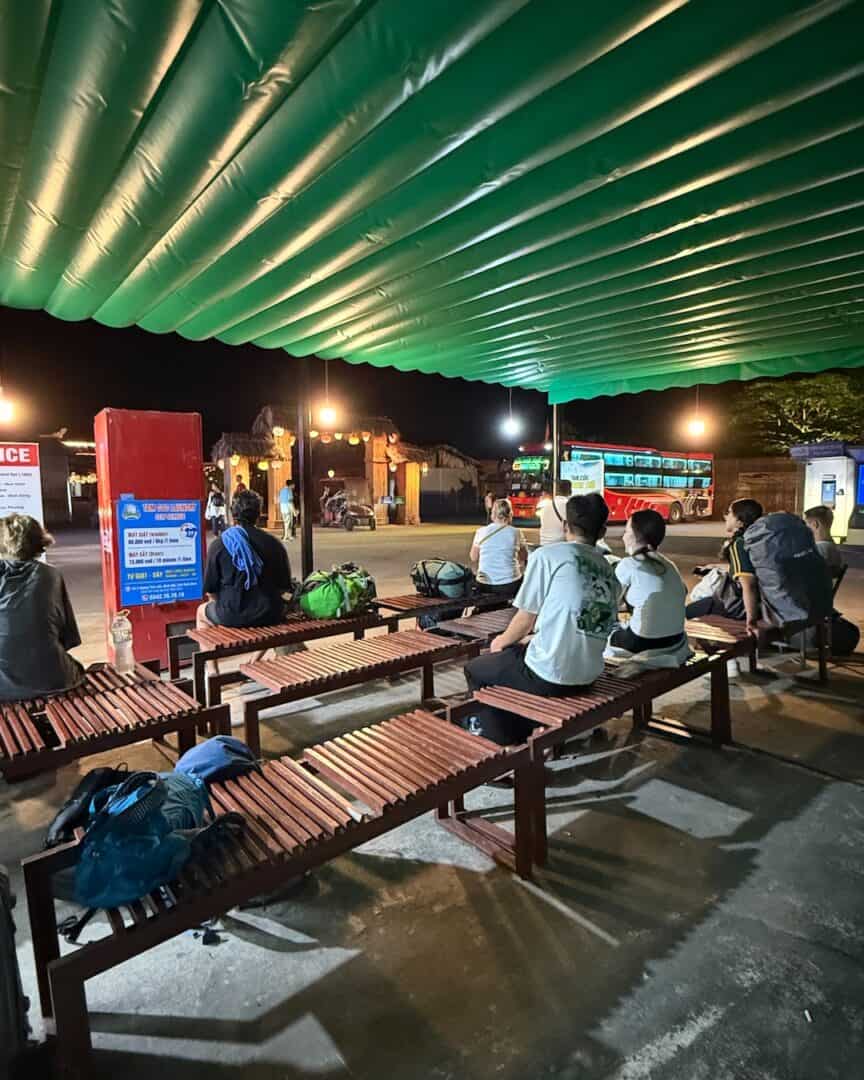
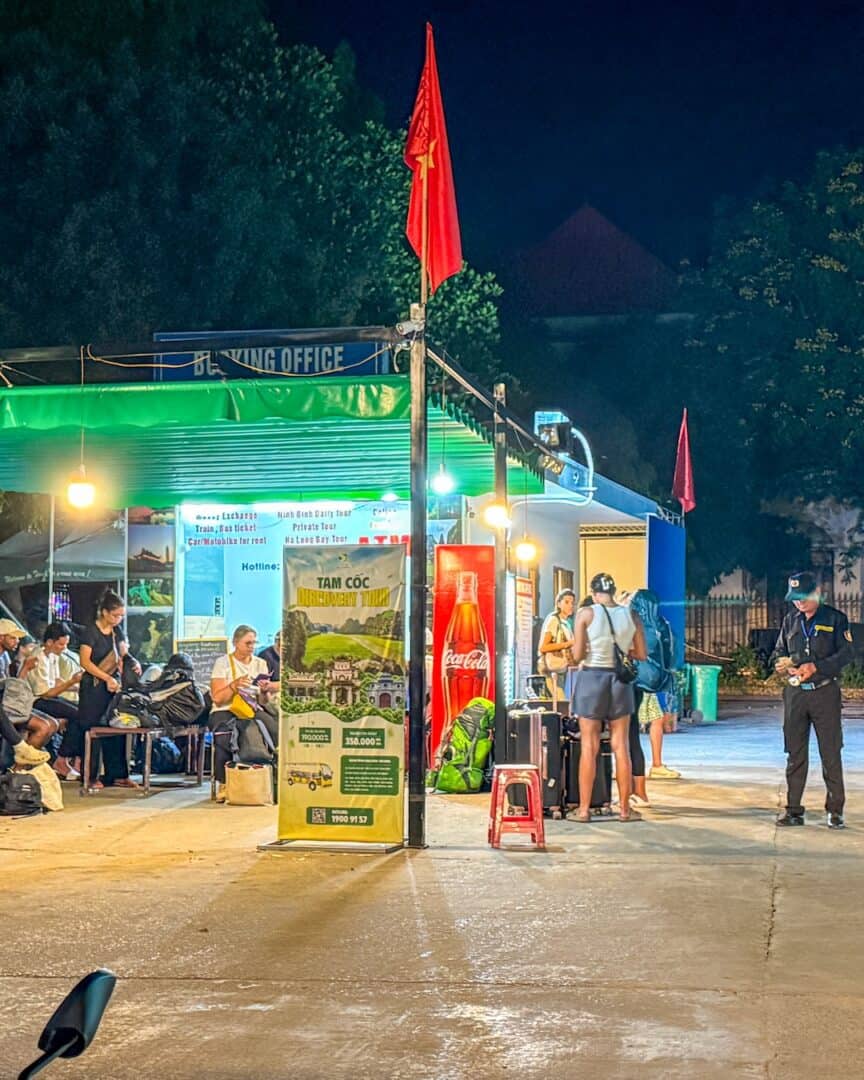
The sleeper buses in Southeast Asia are a great alternative to flying or taking the train. I recommend trying them at least once. Interested in train travel? Check out my review of train travel in Laos.
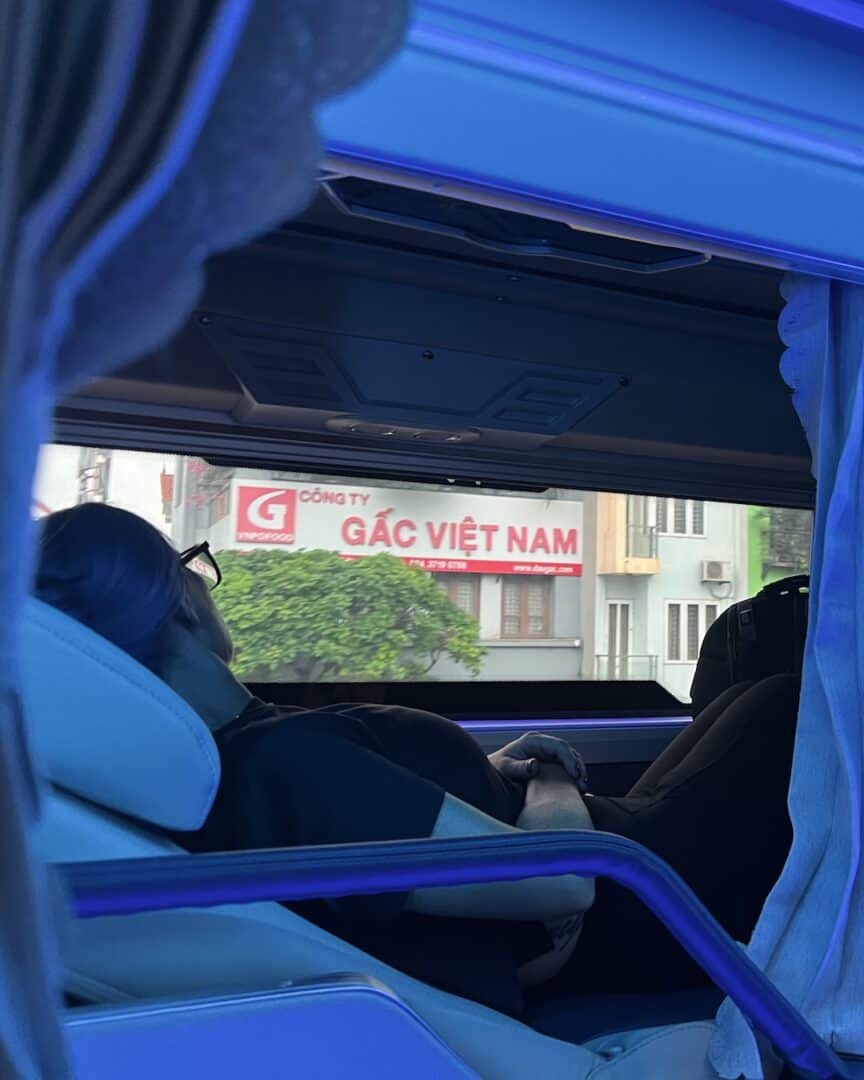
Guide to Surviving the Sleeper Buses of Southeast Asia Read More »

